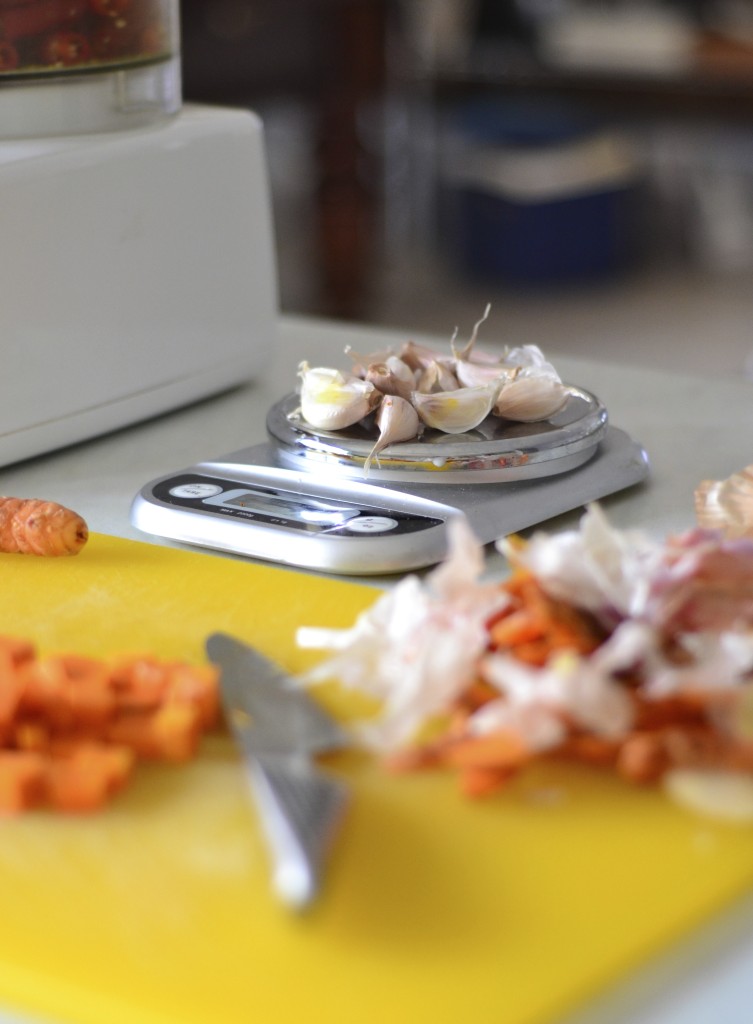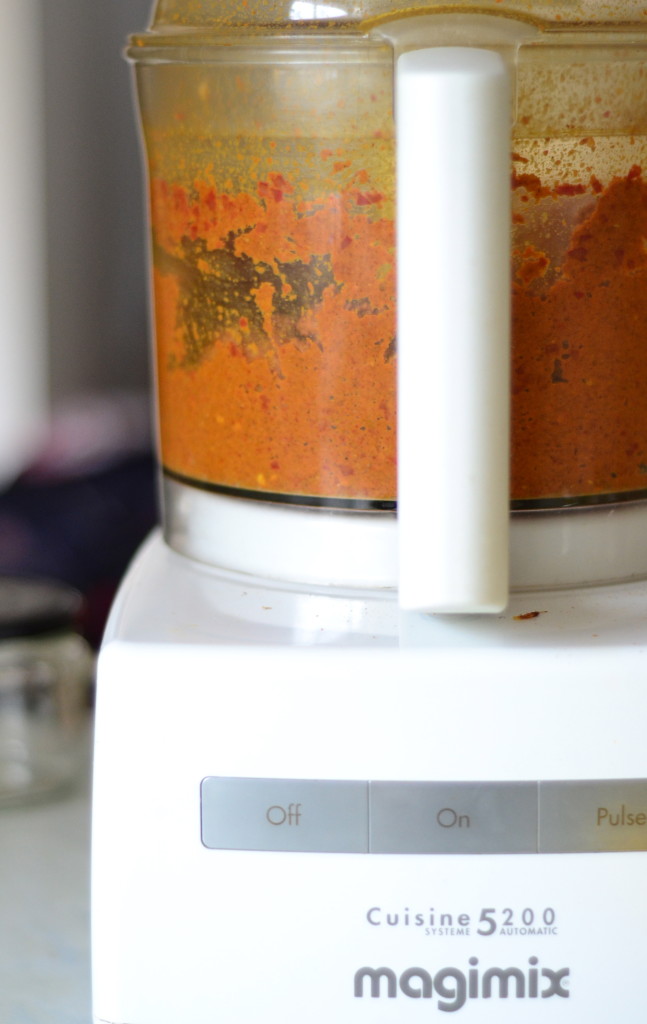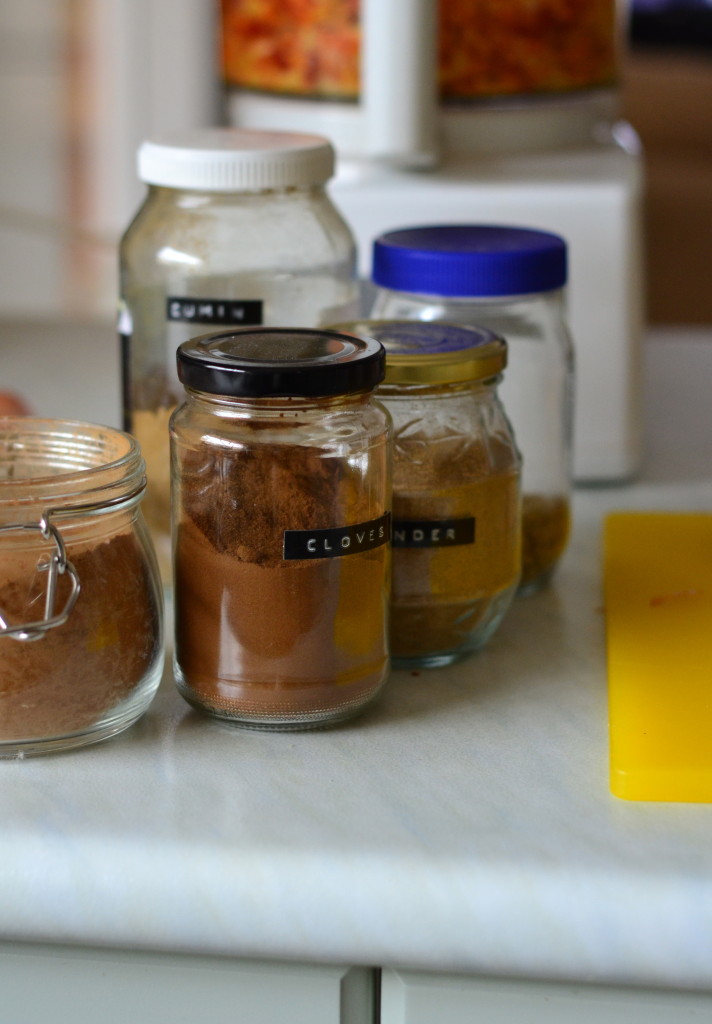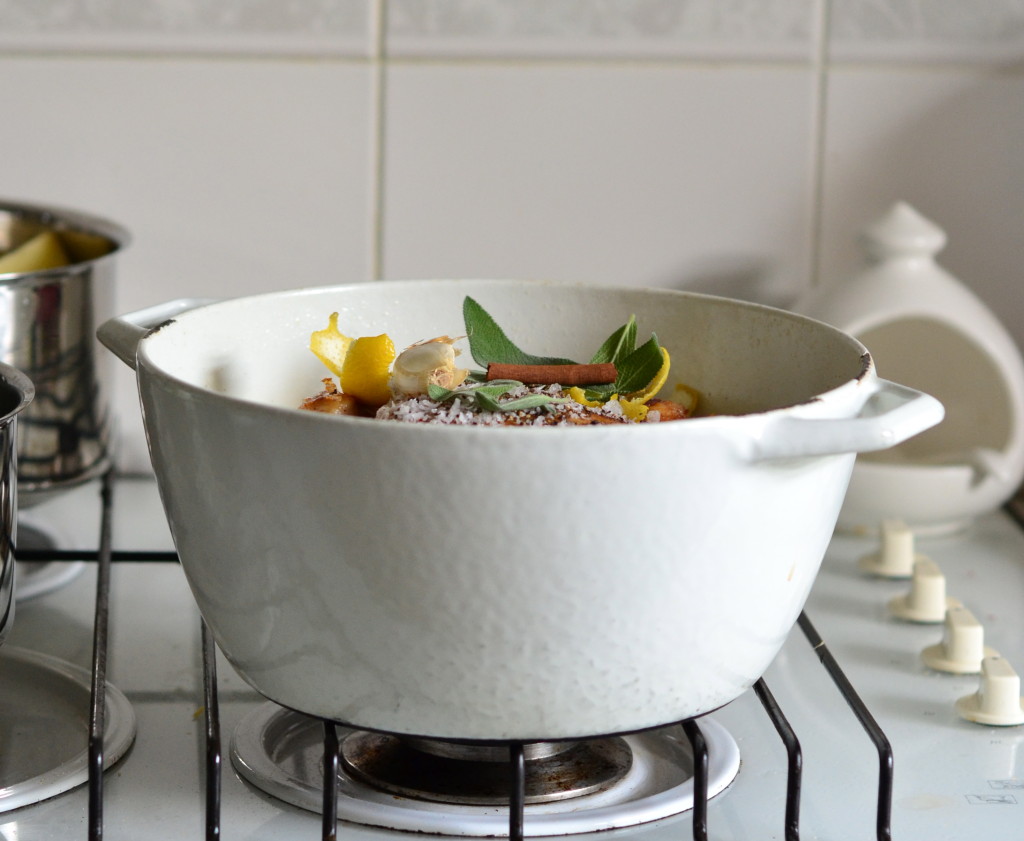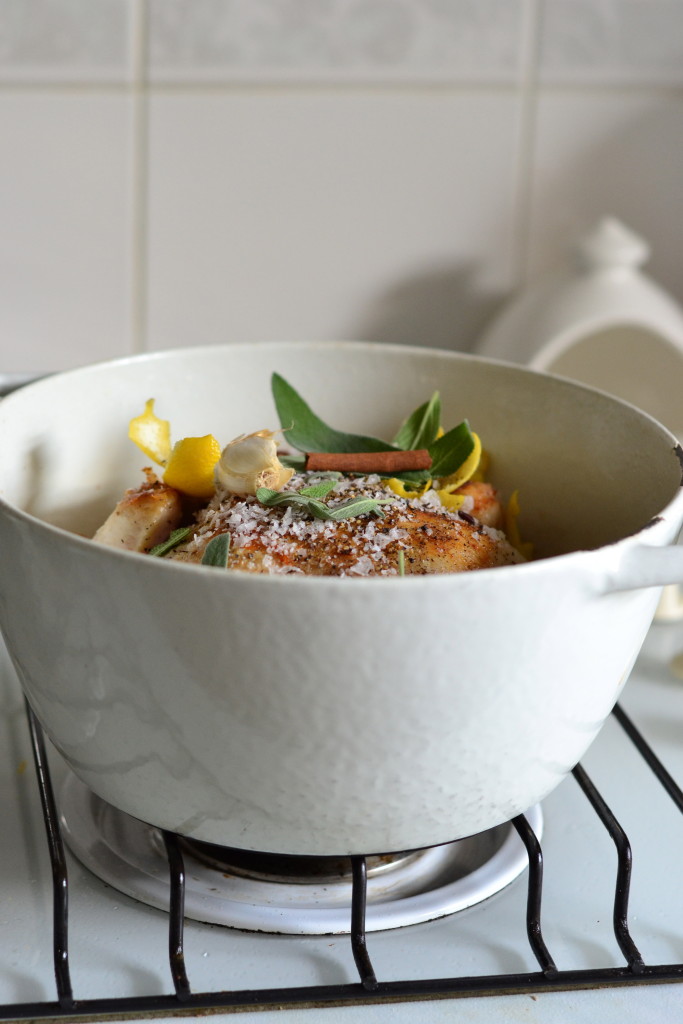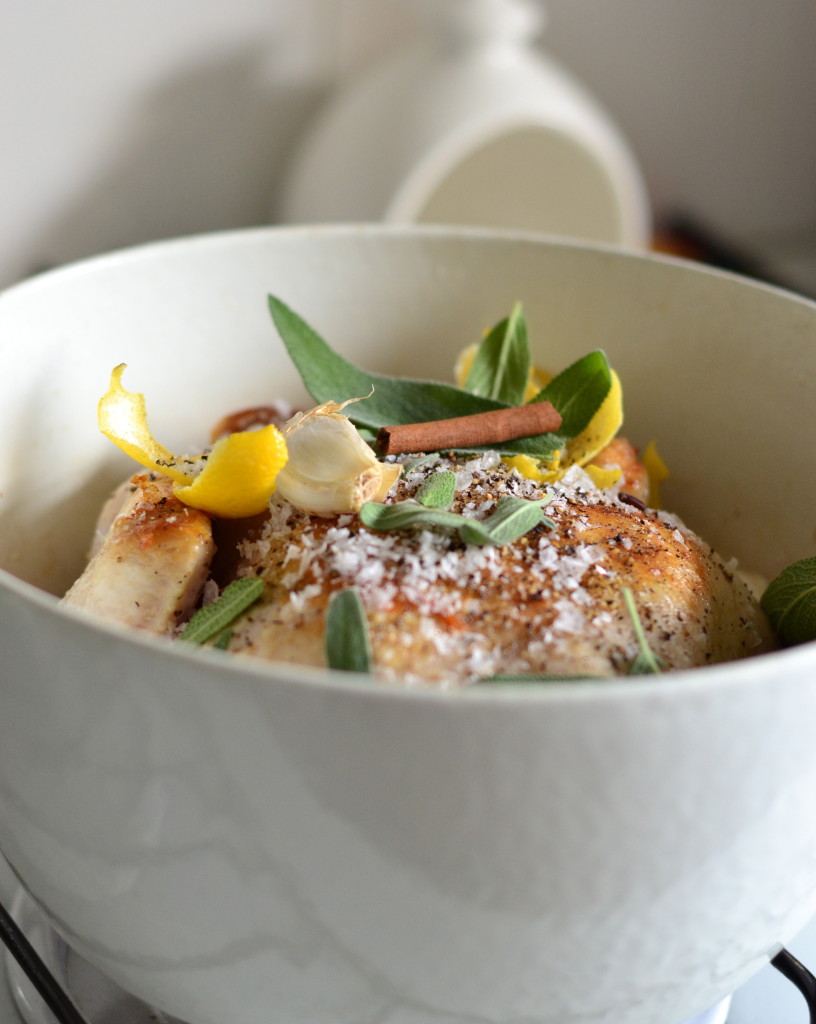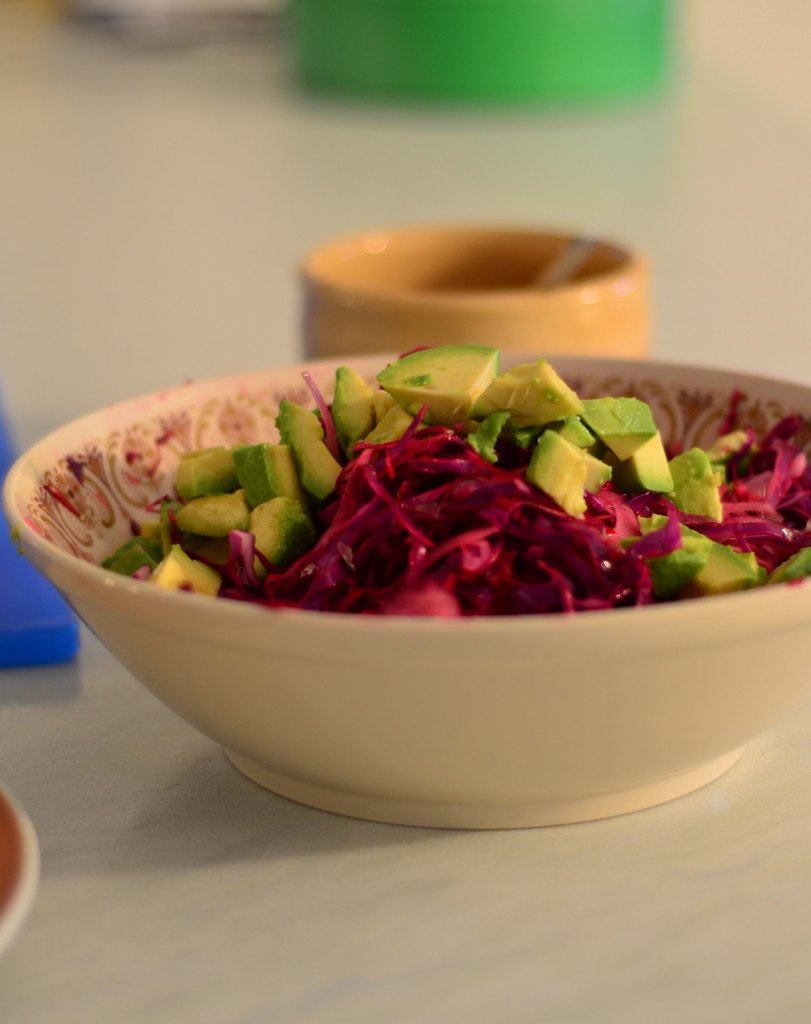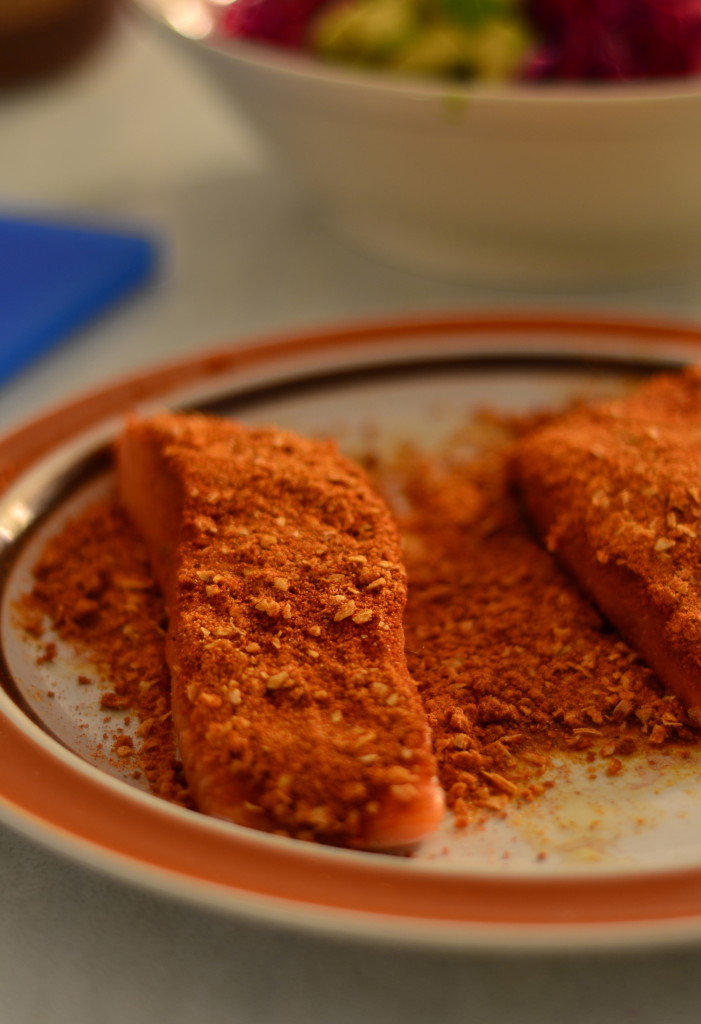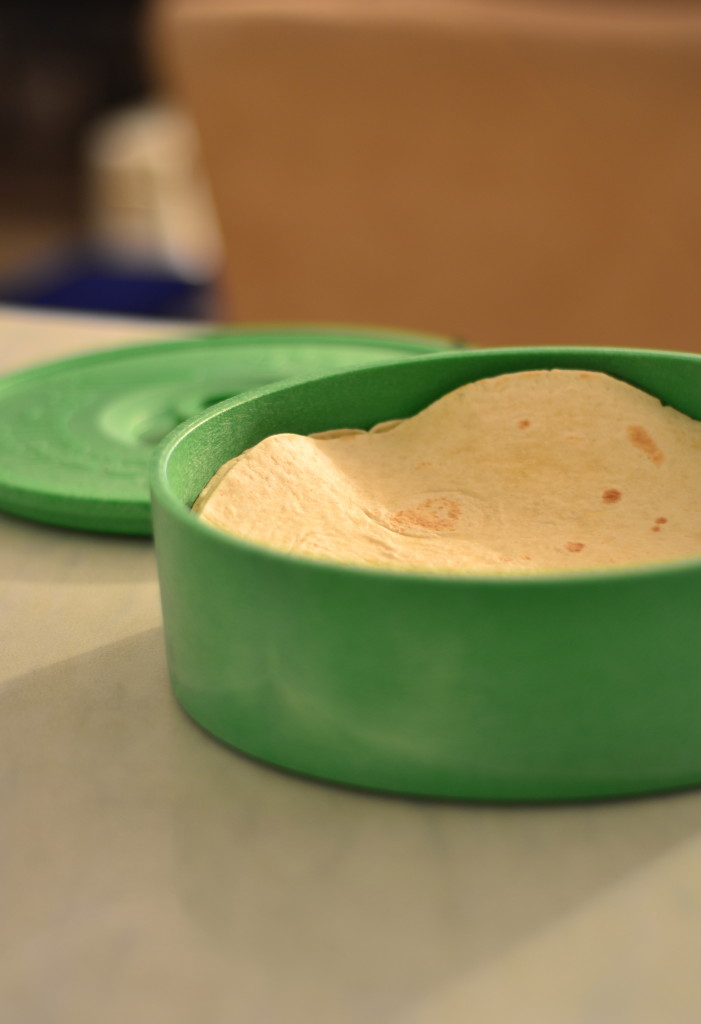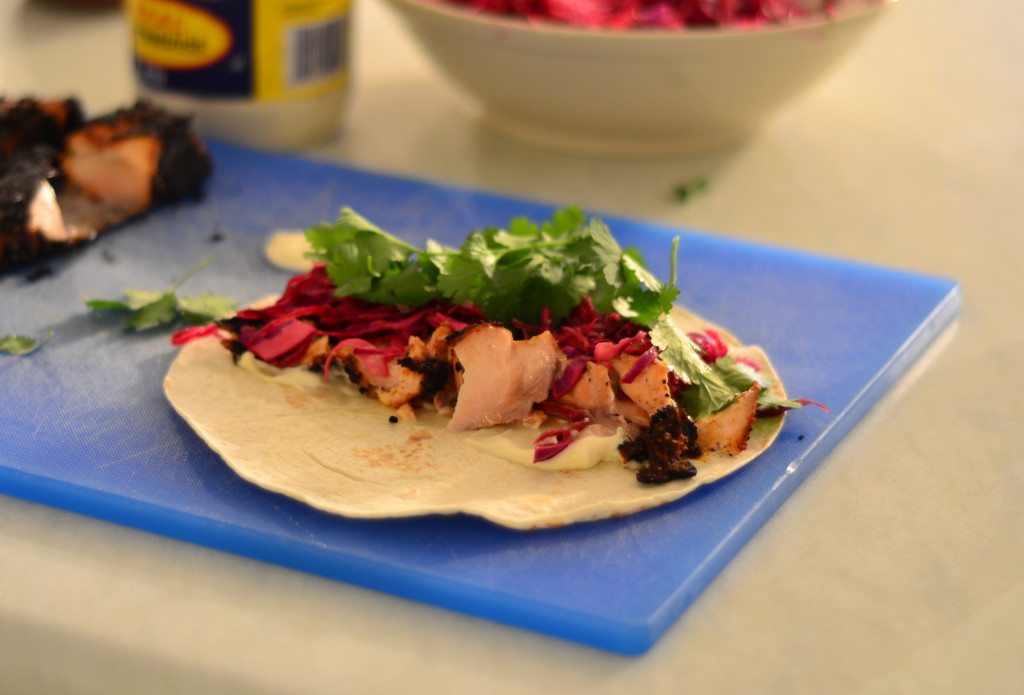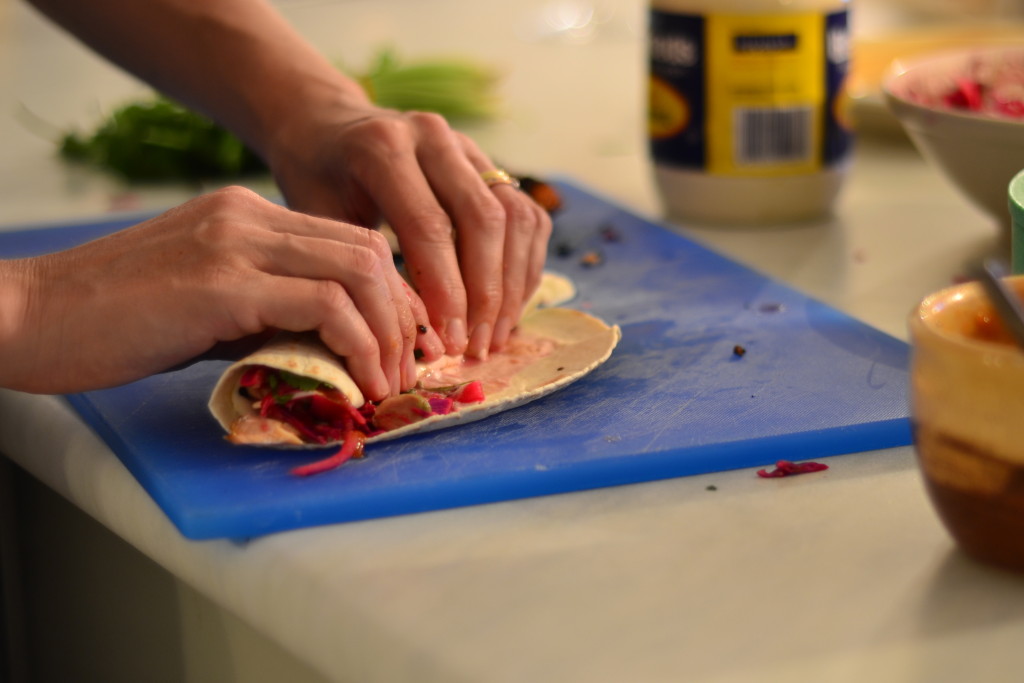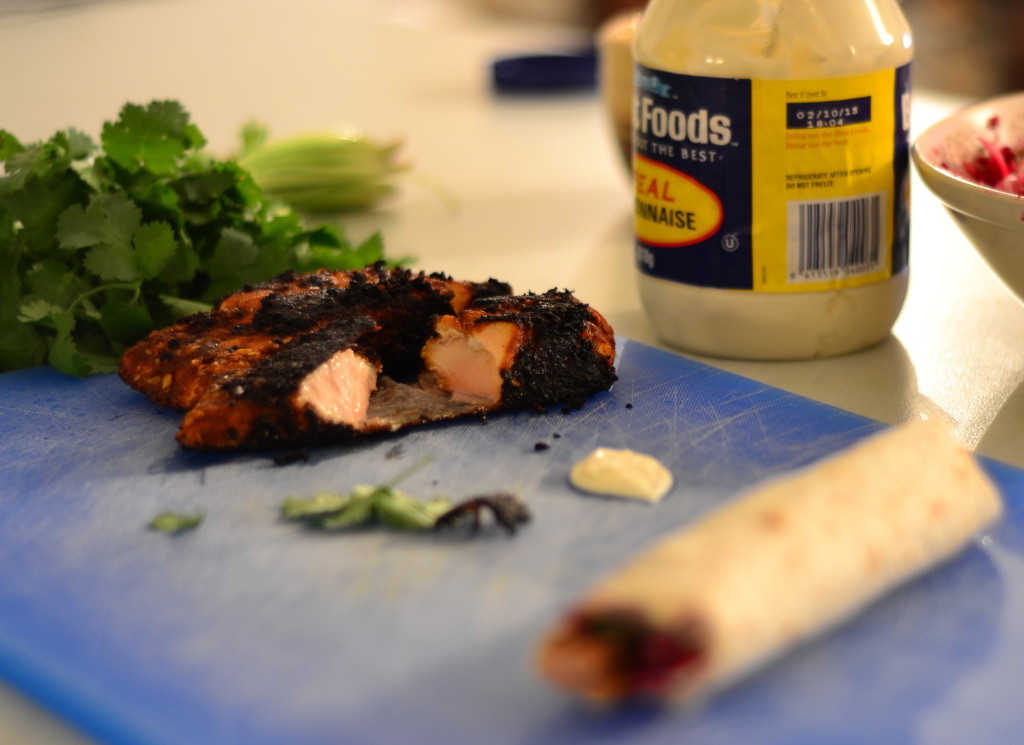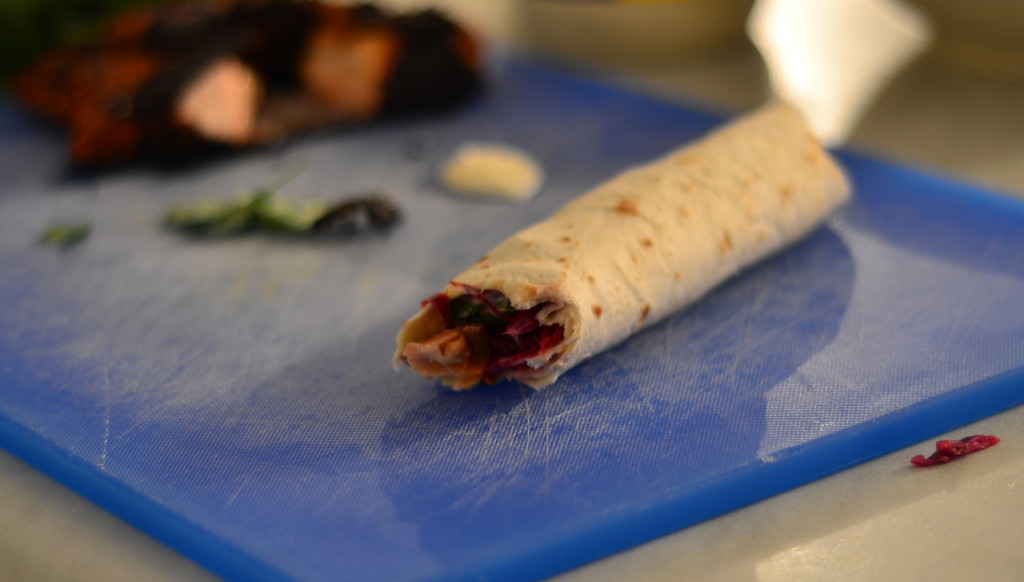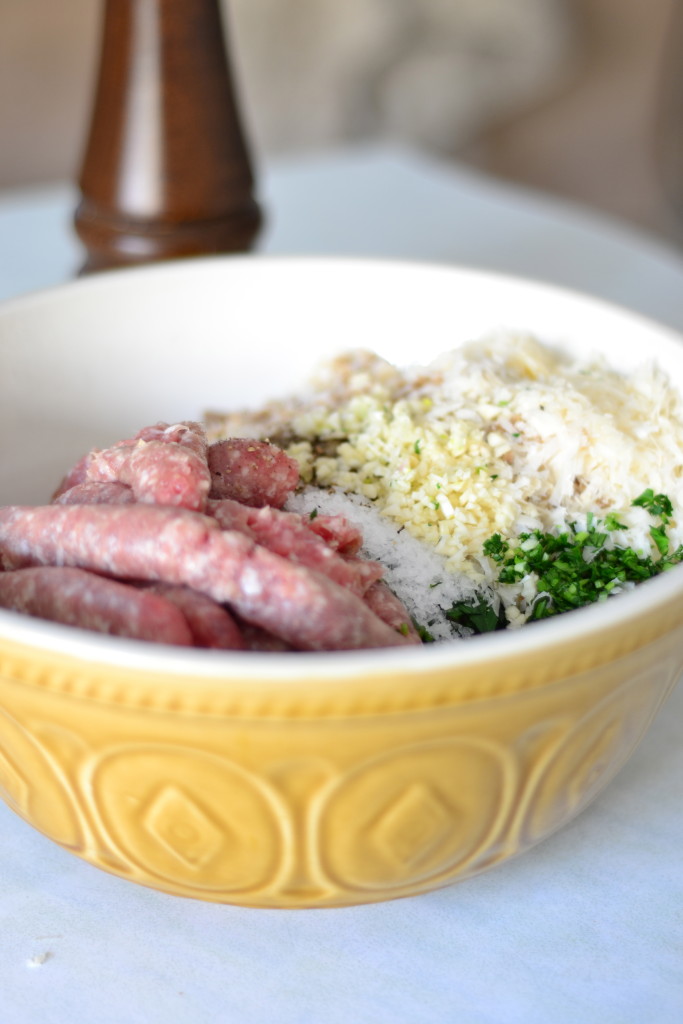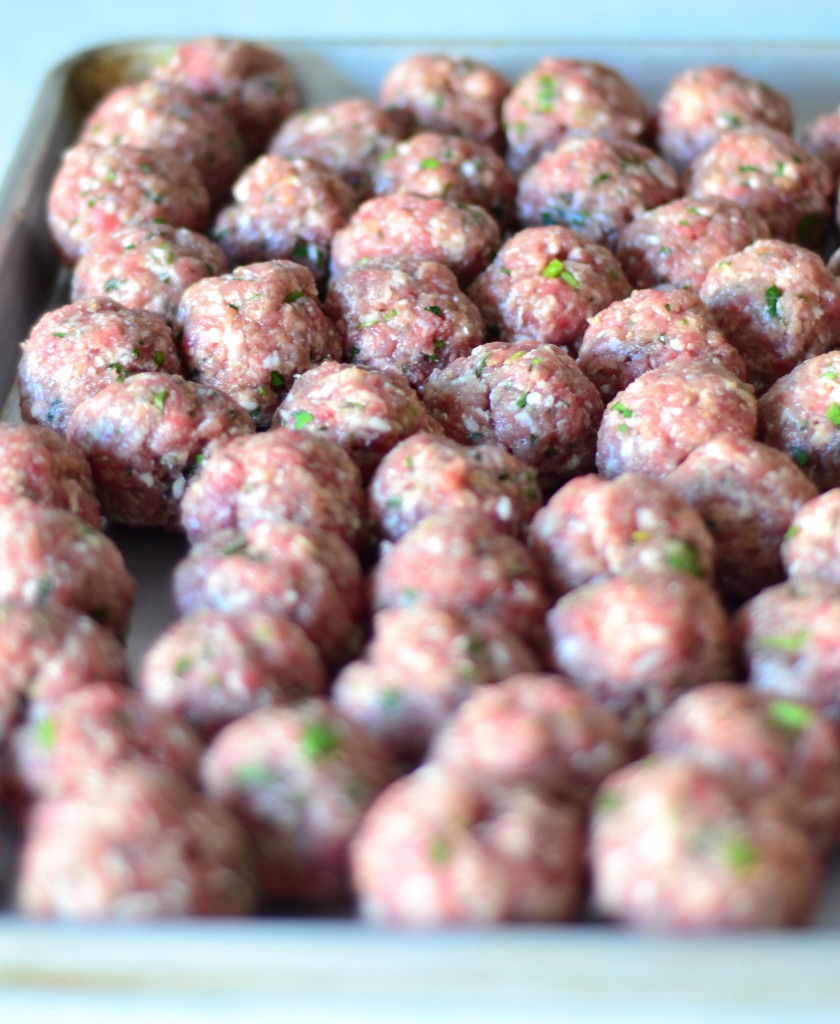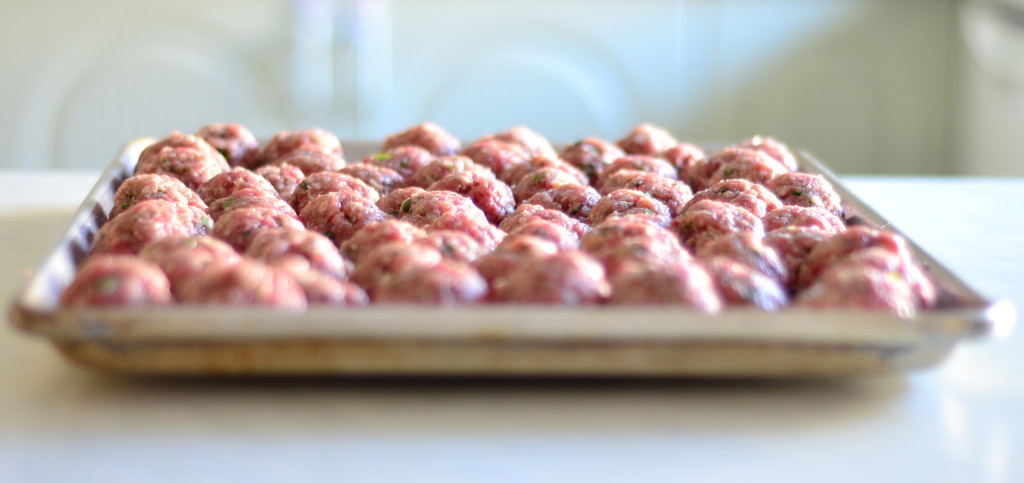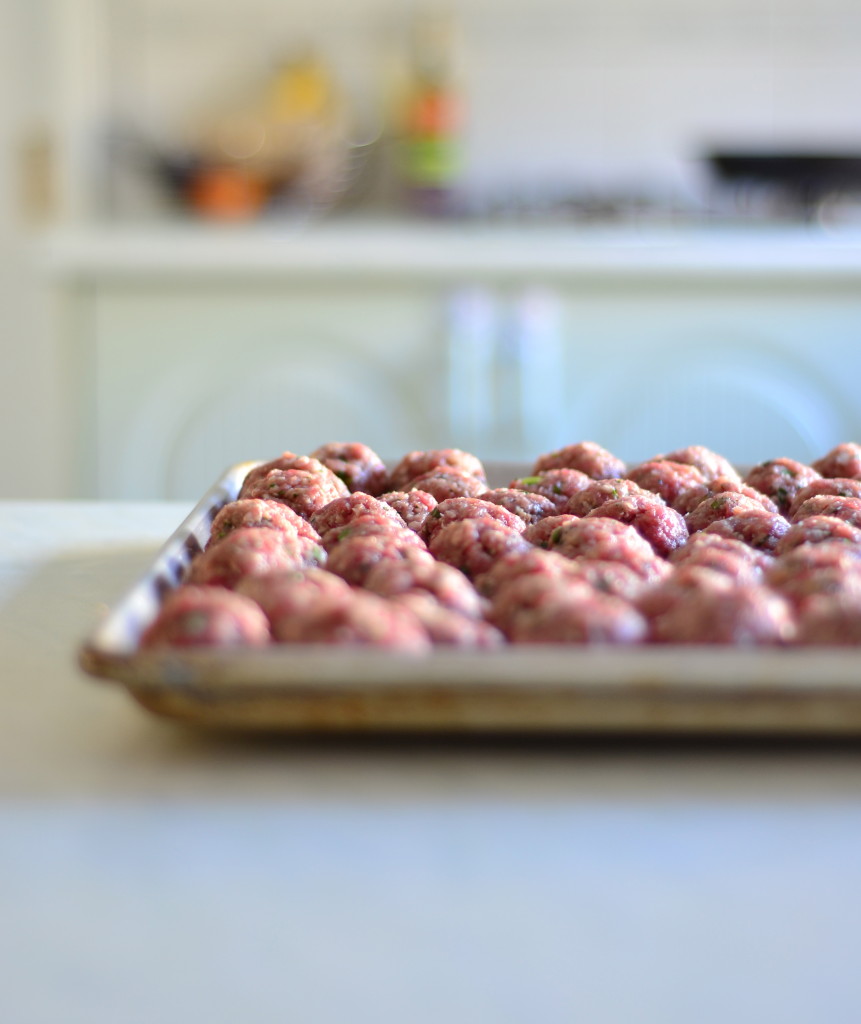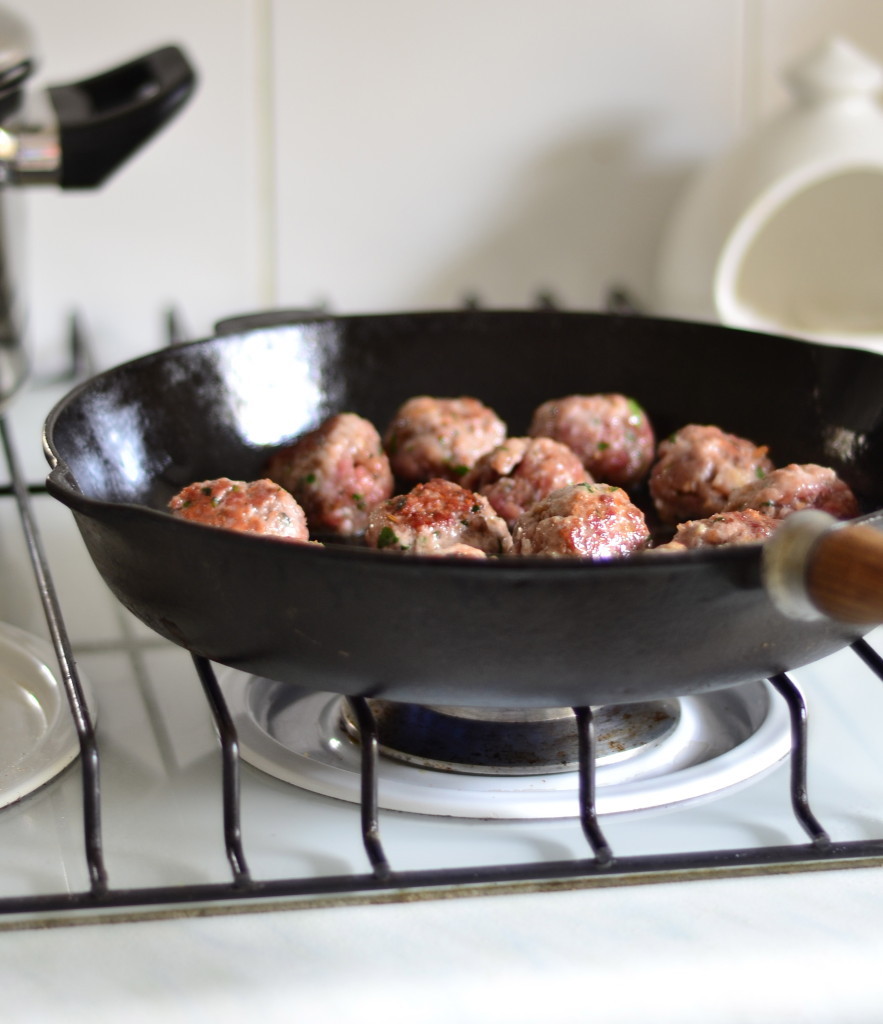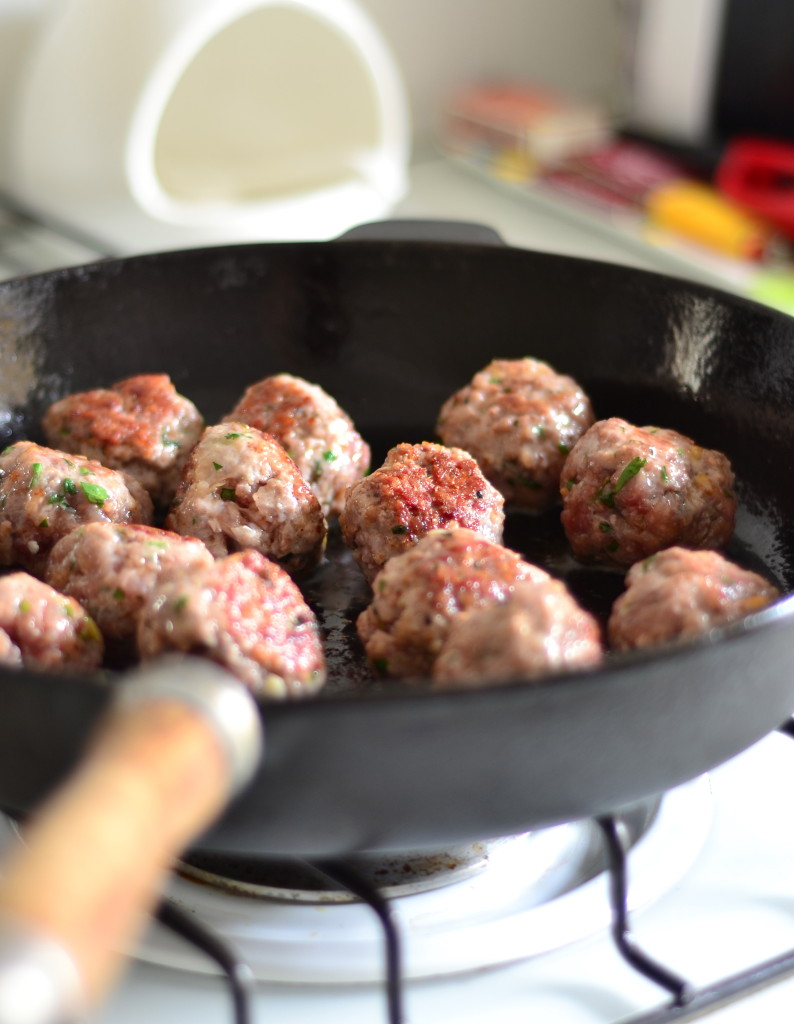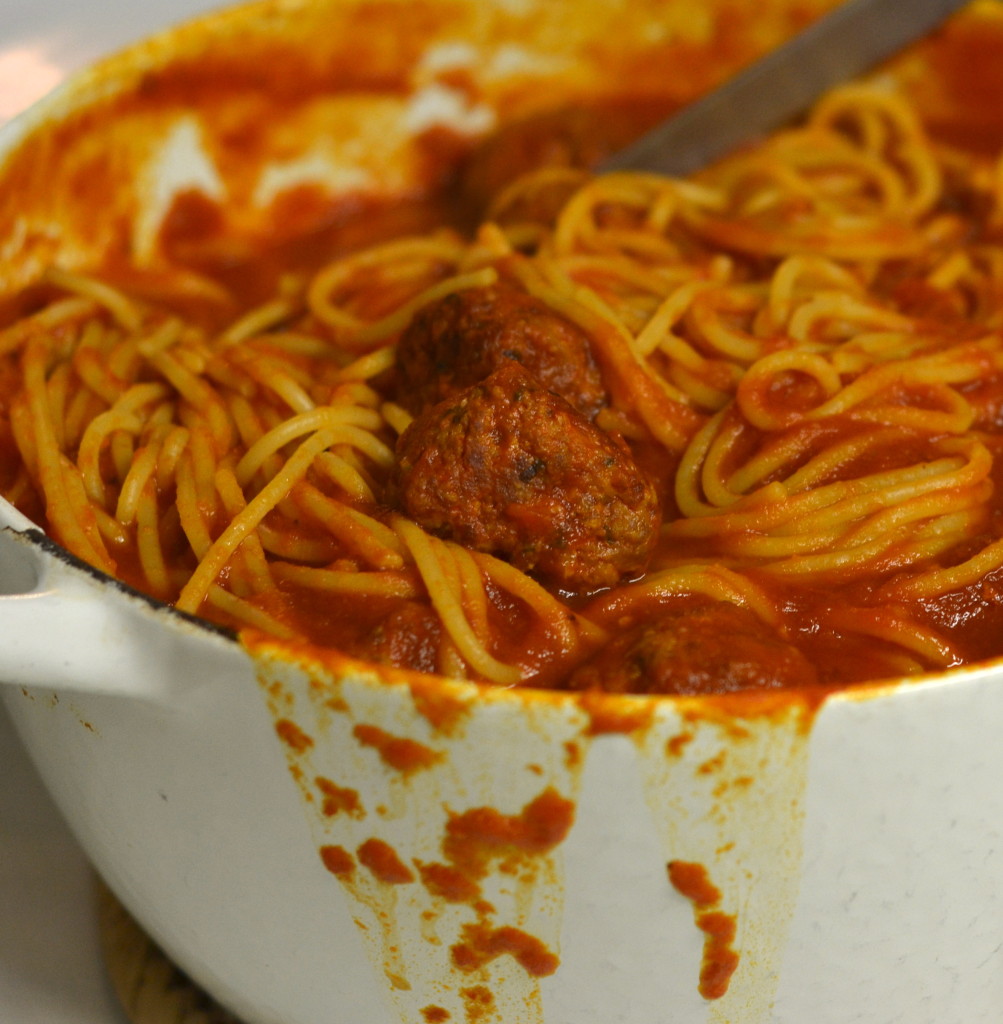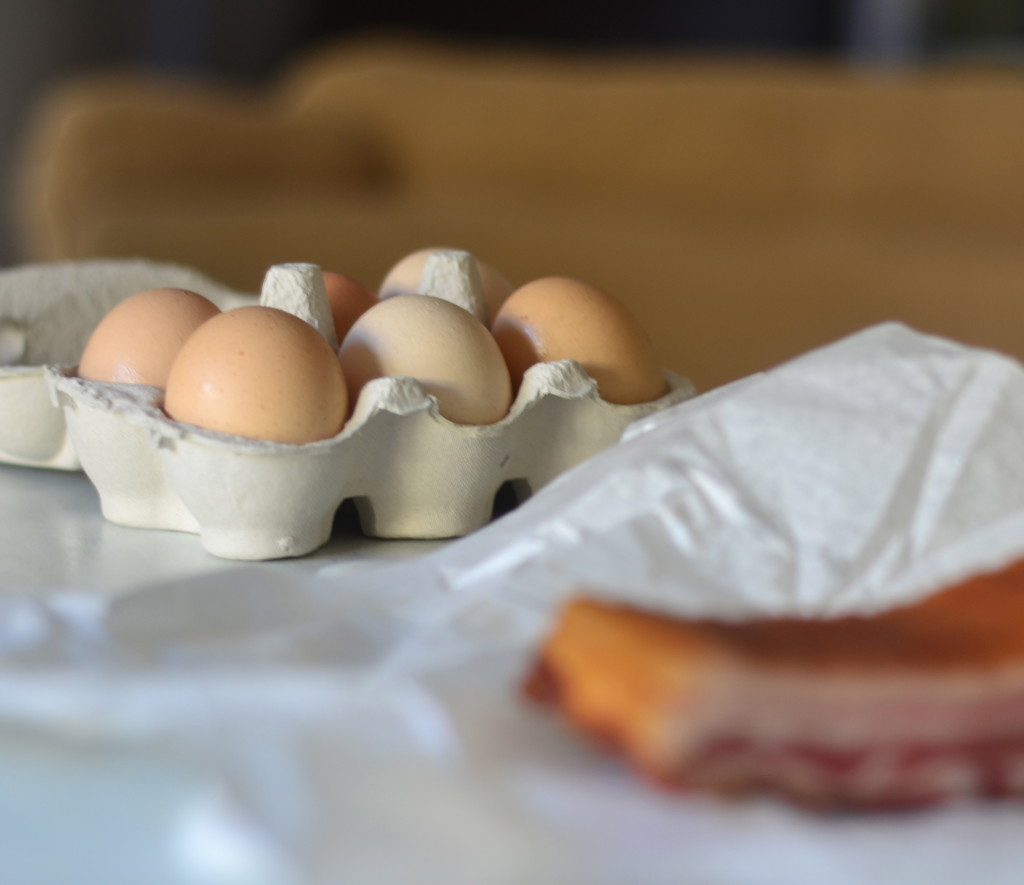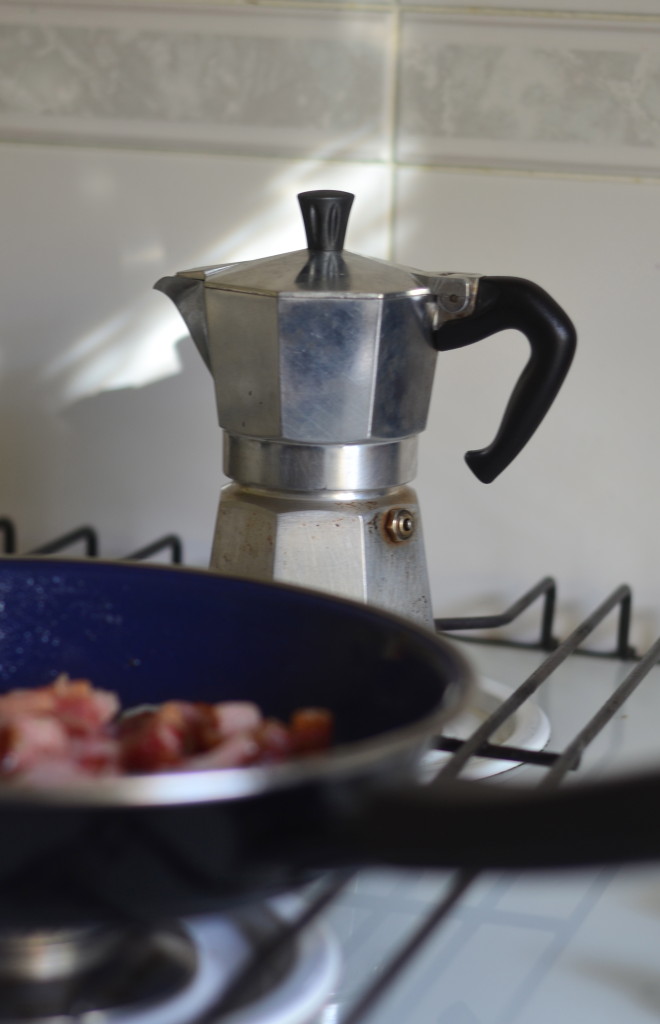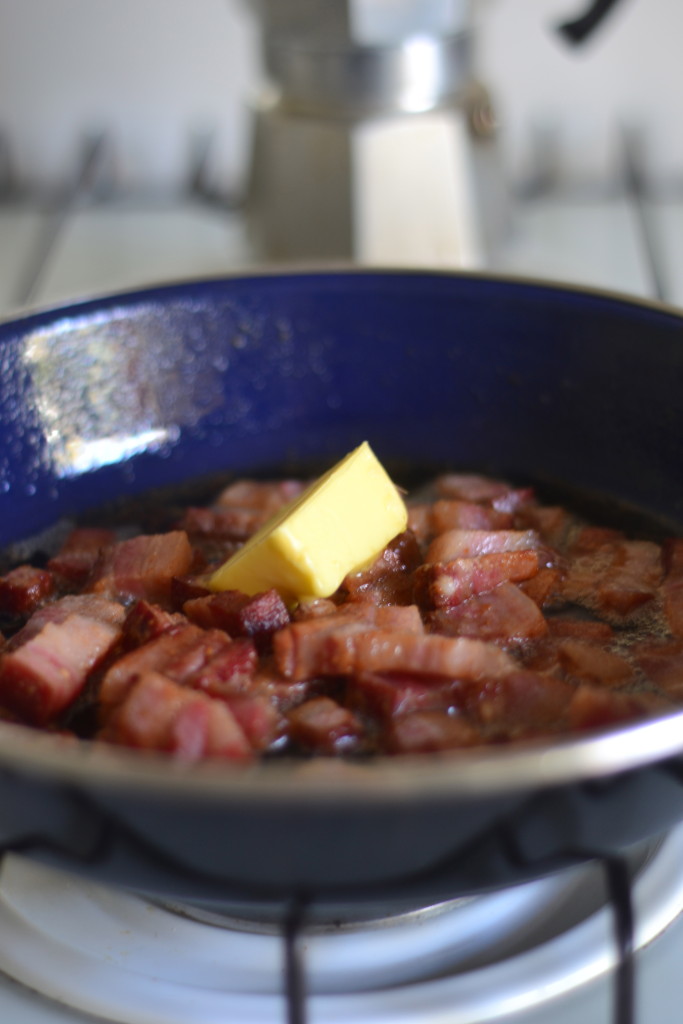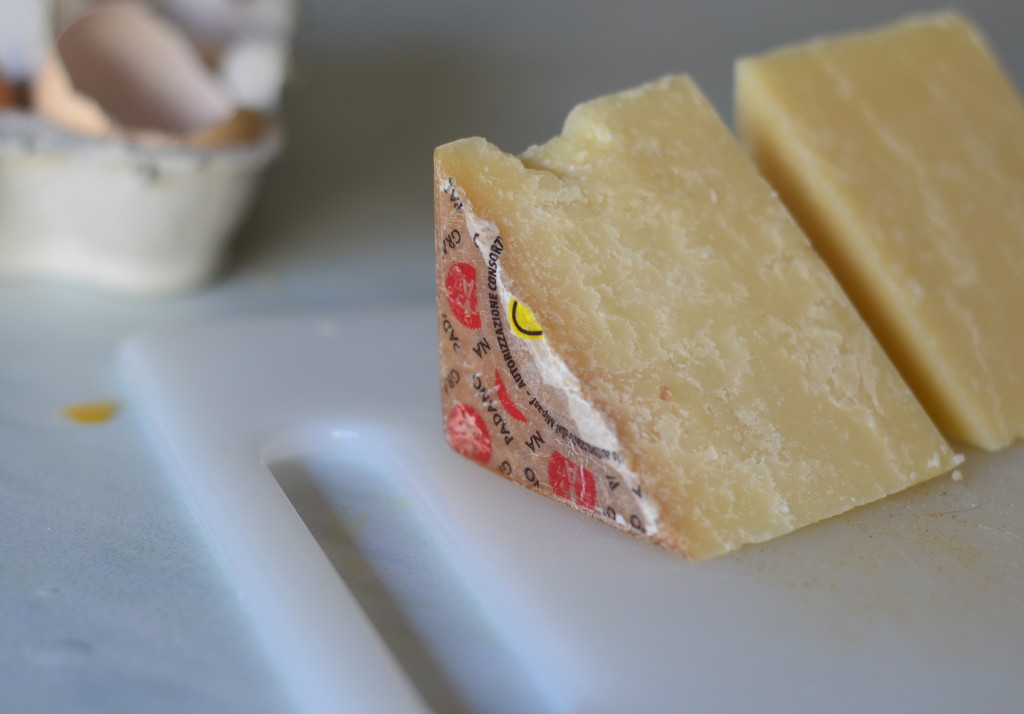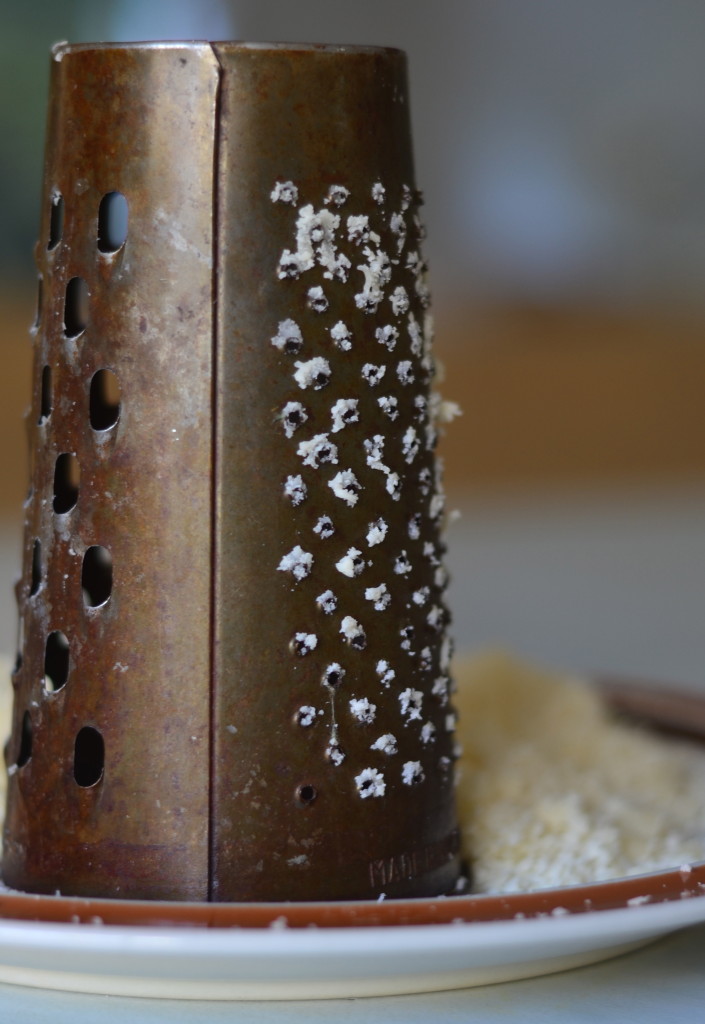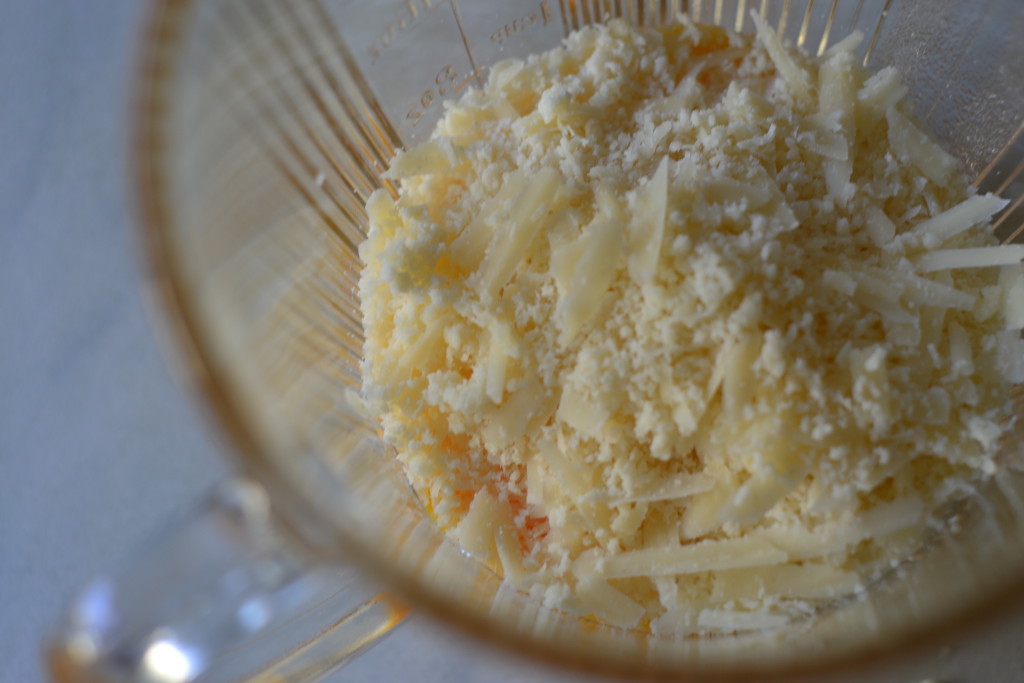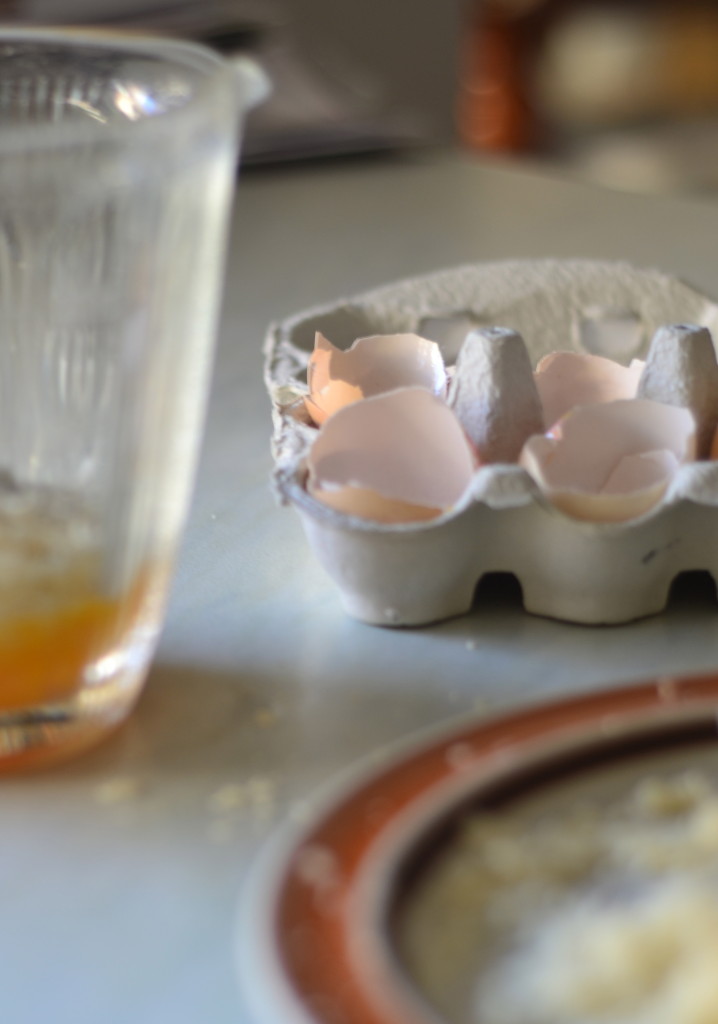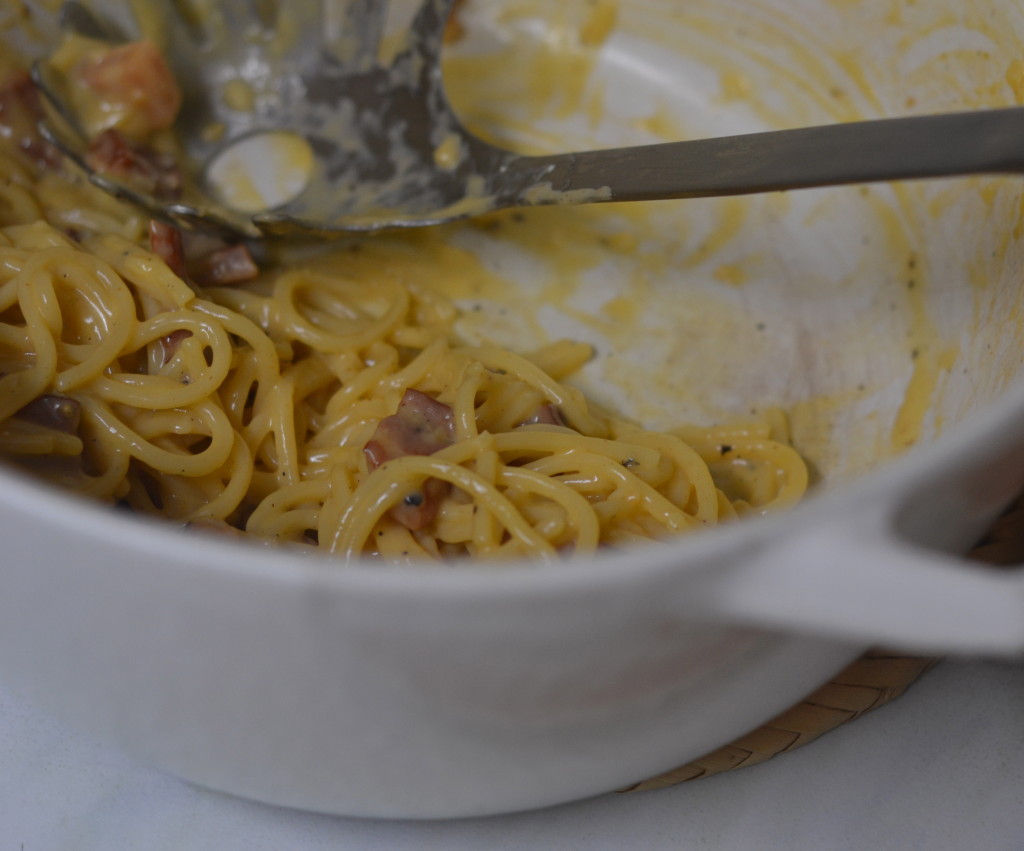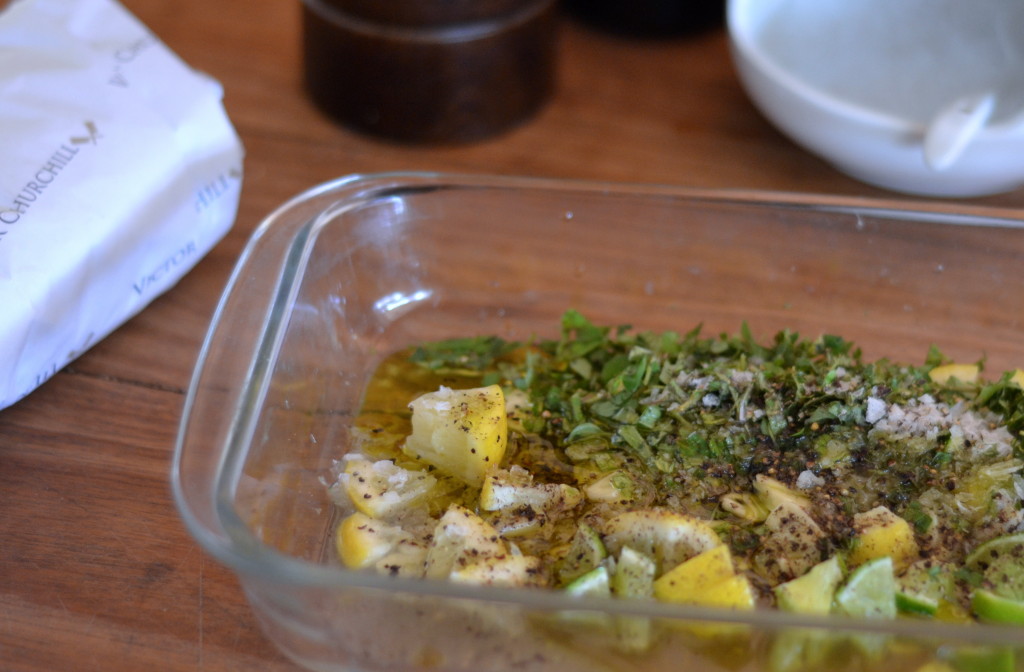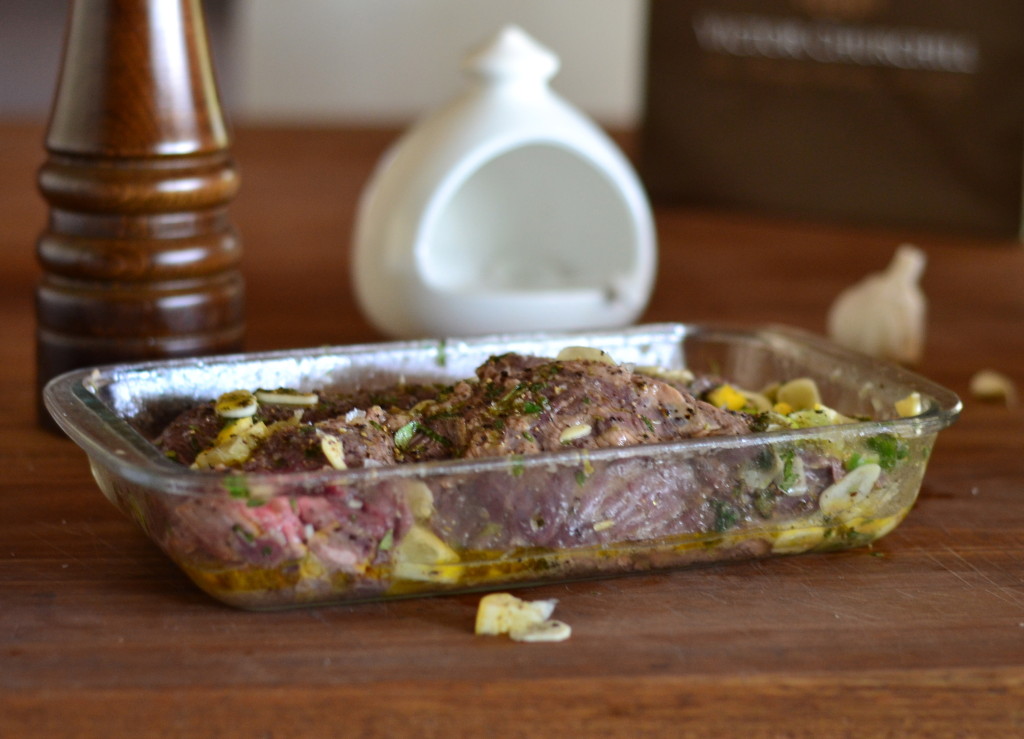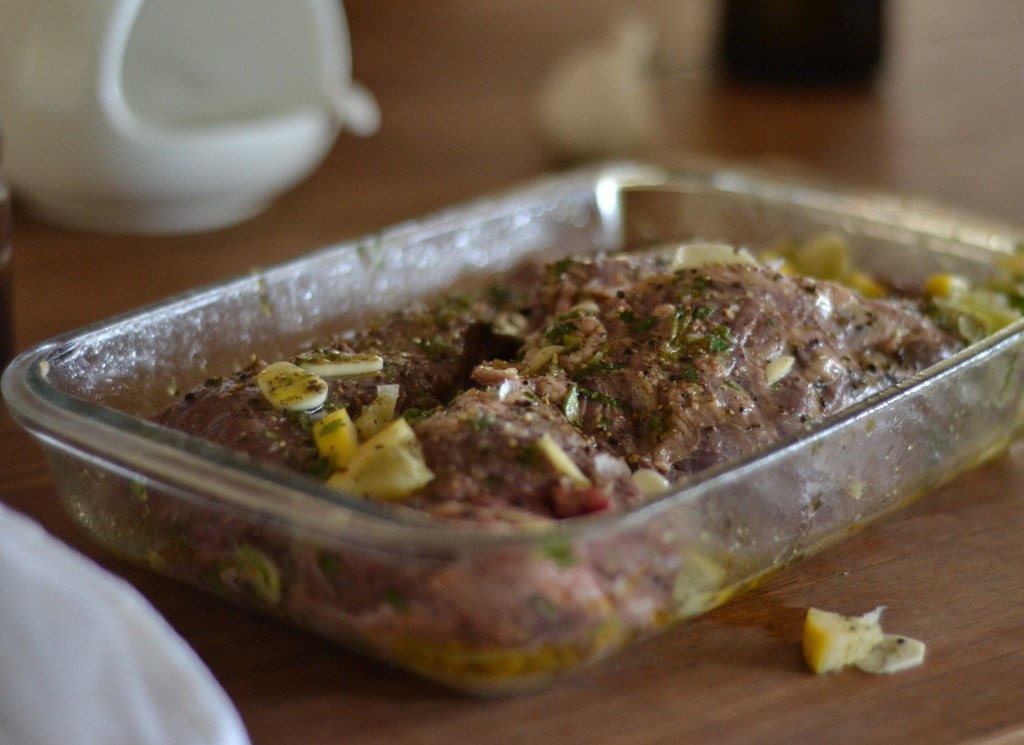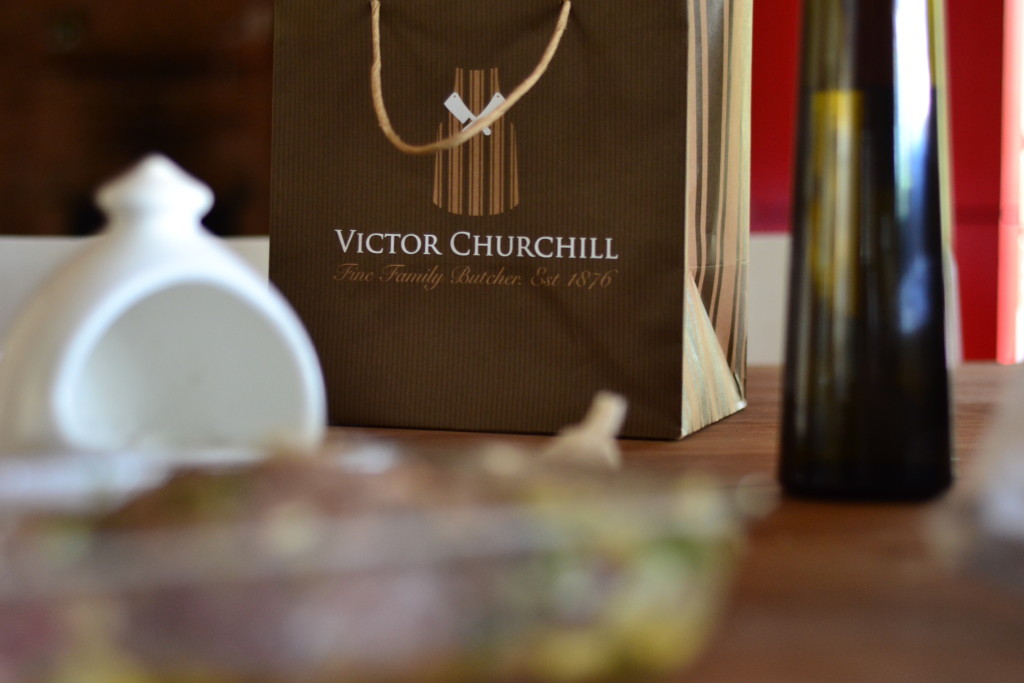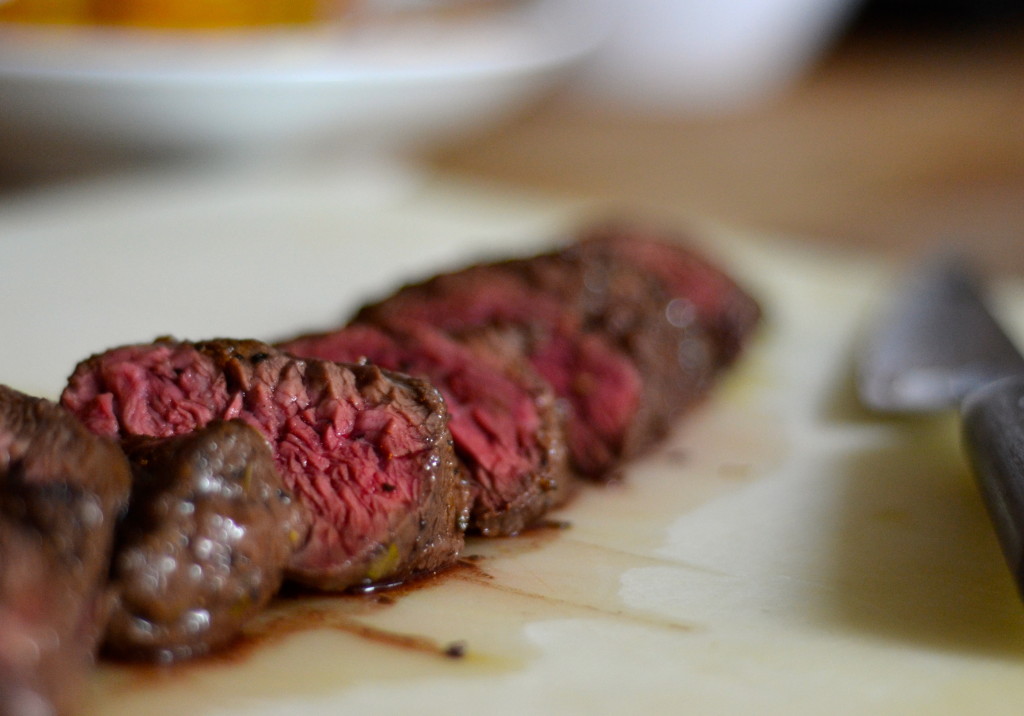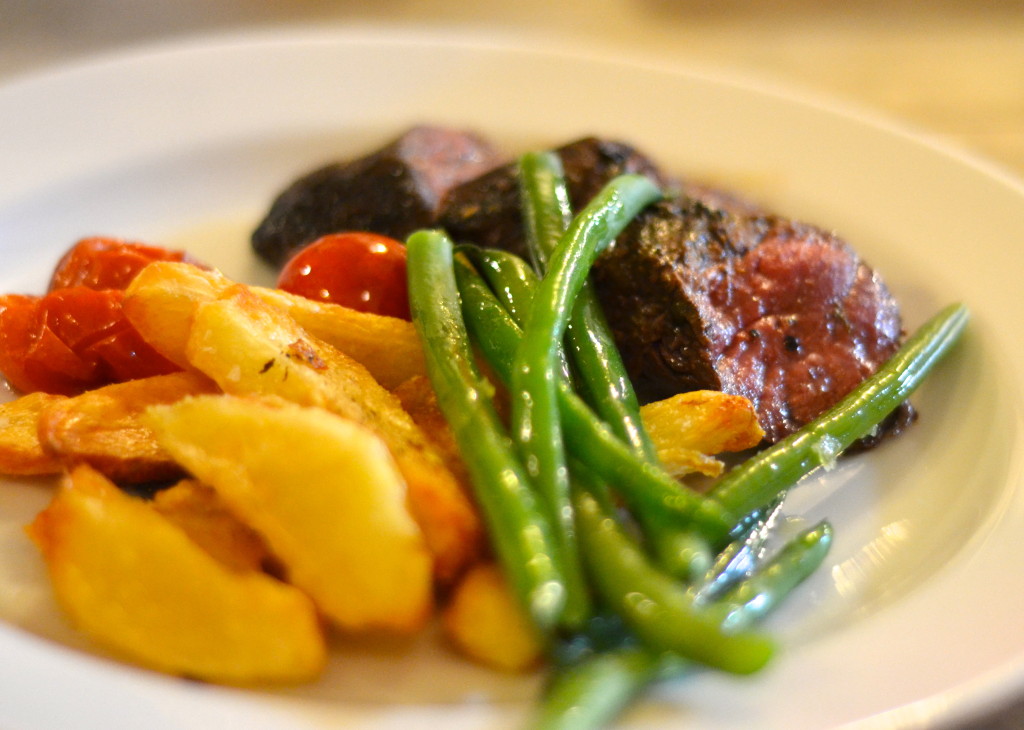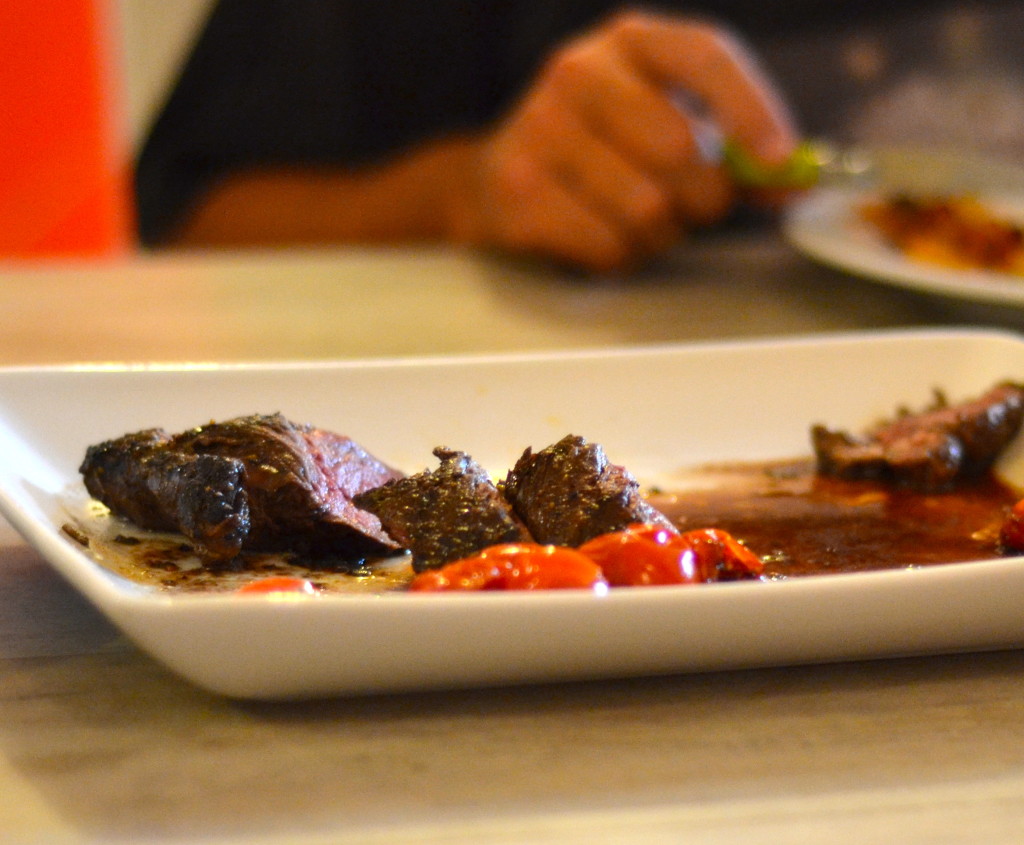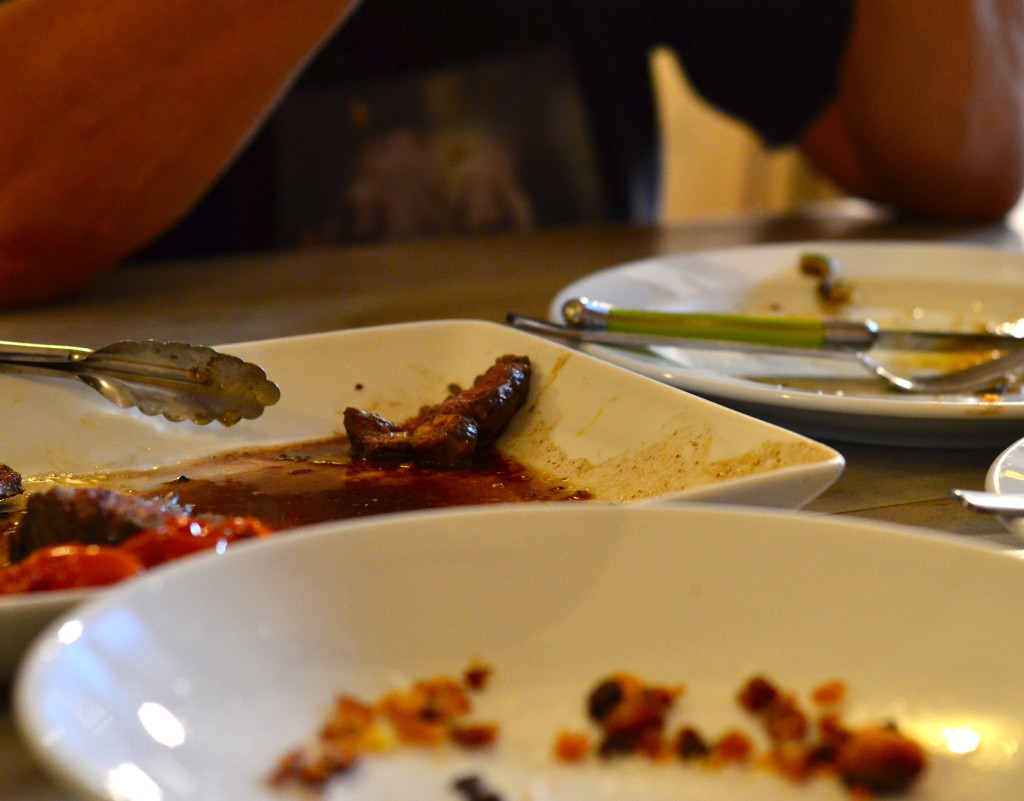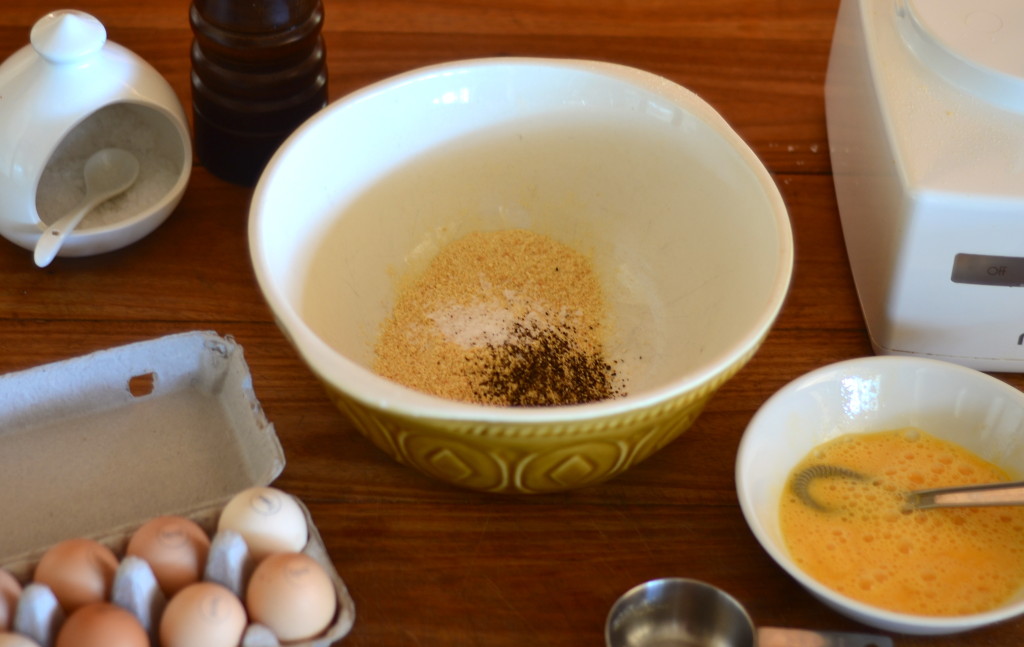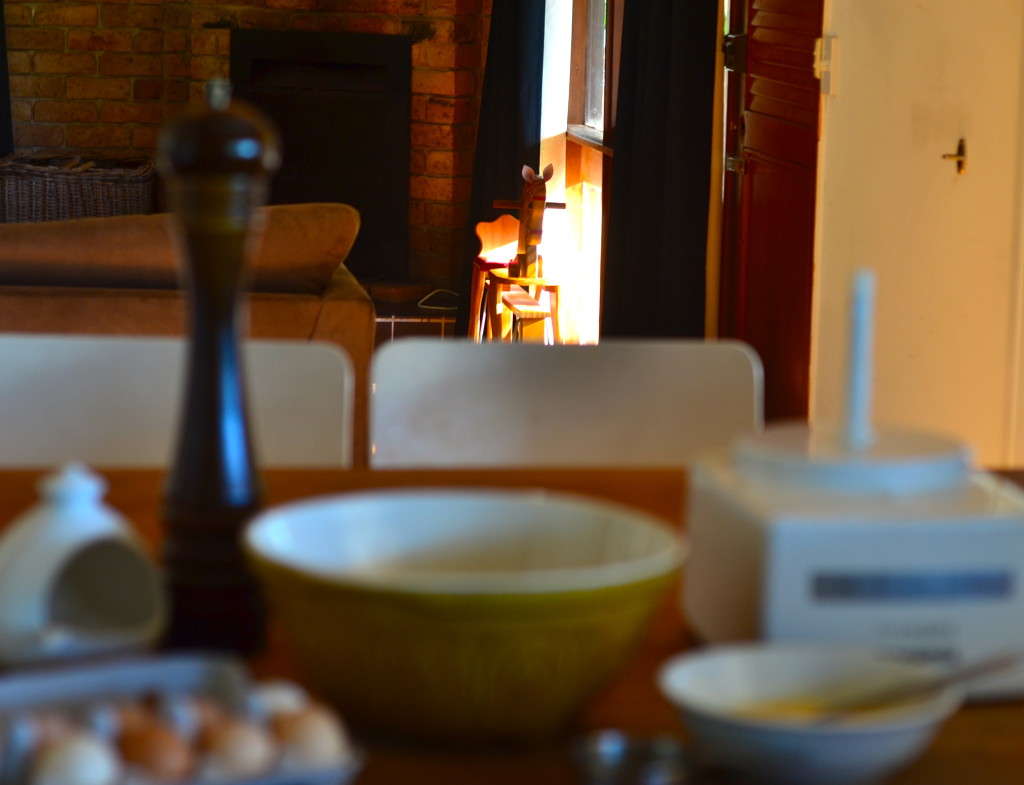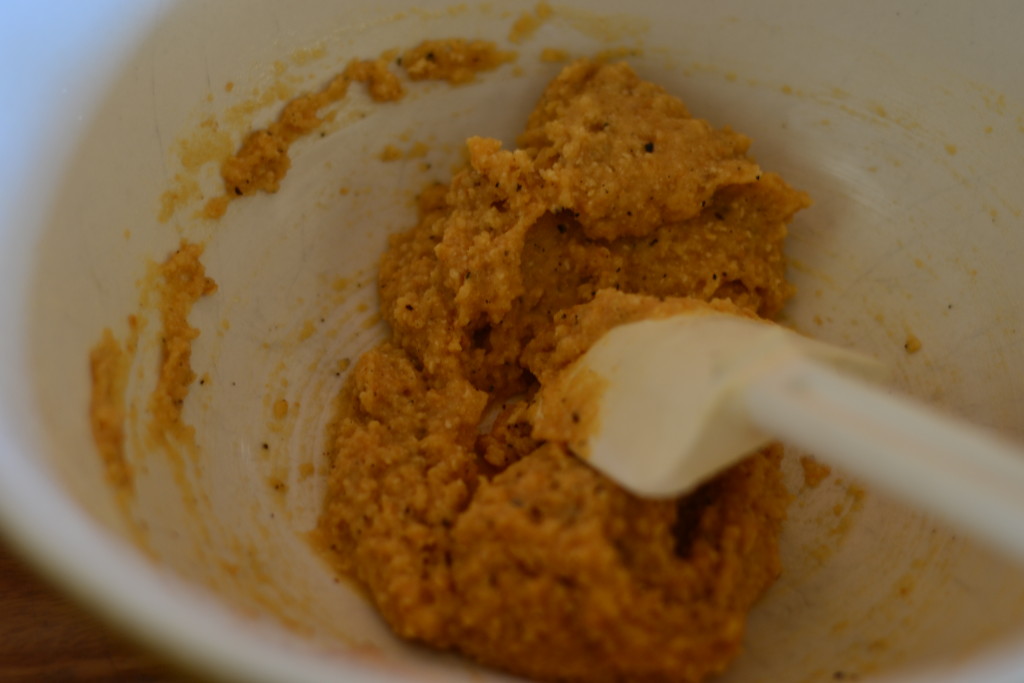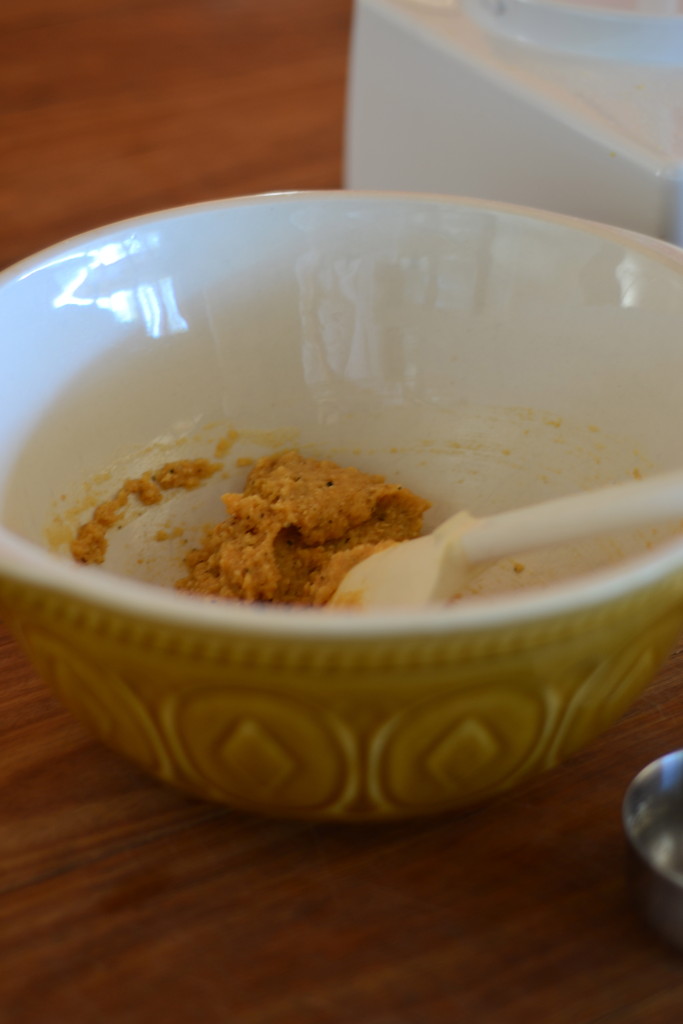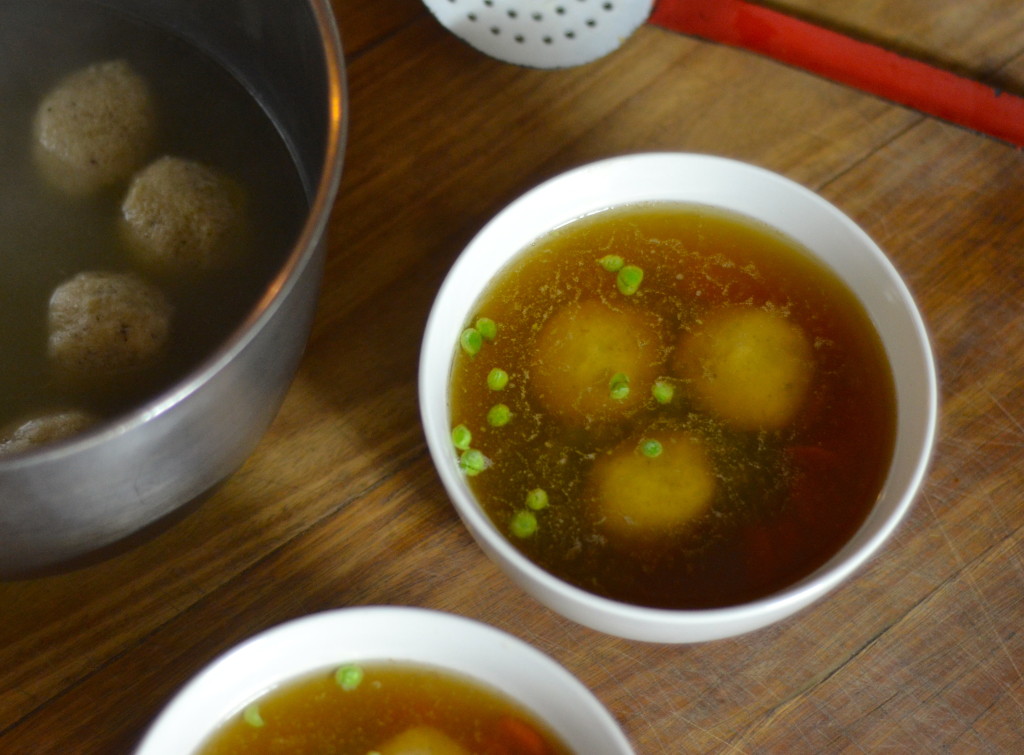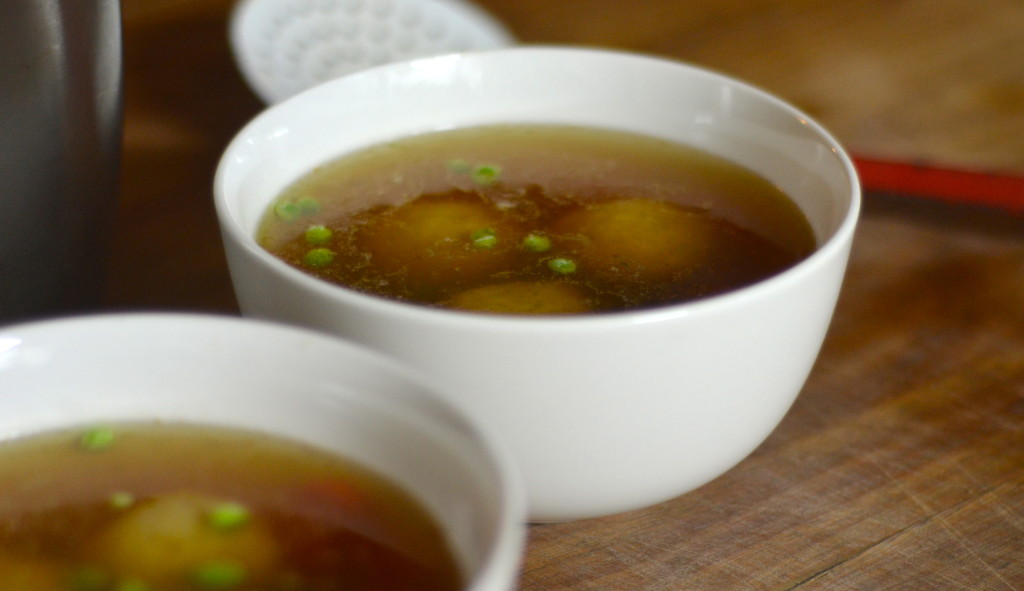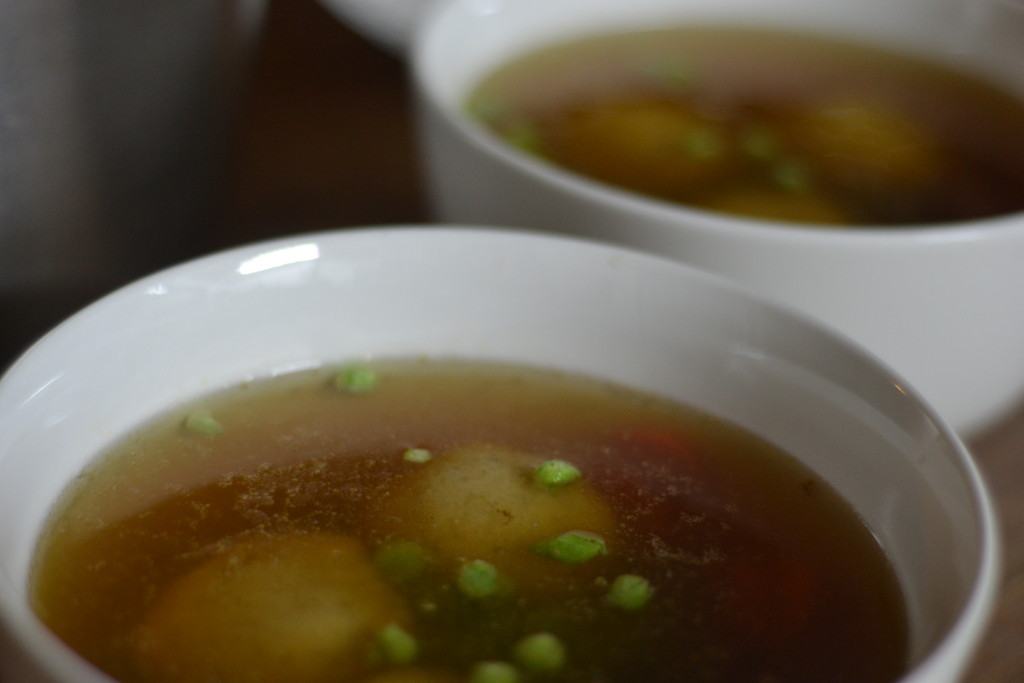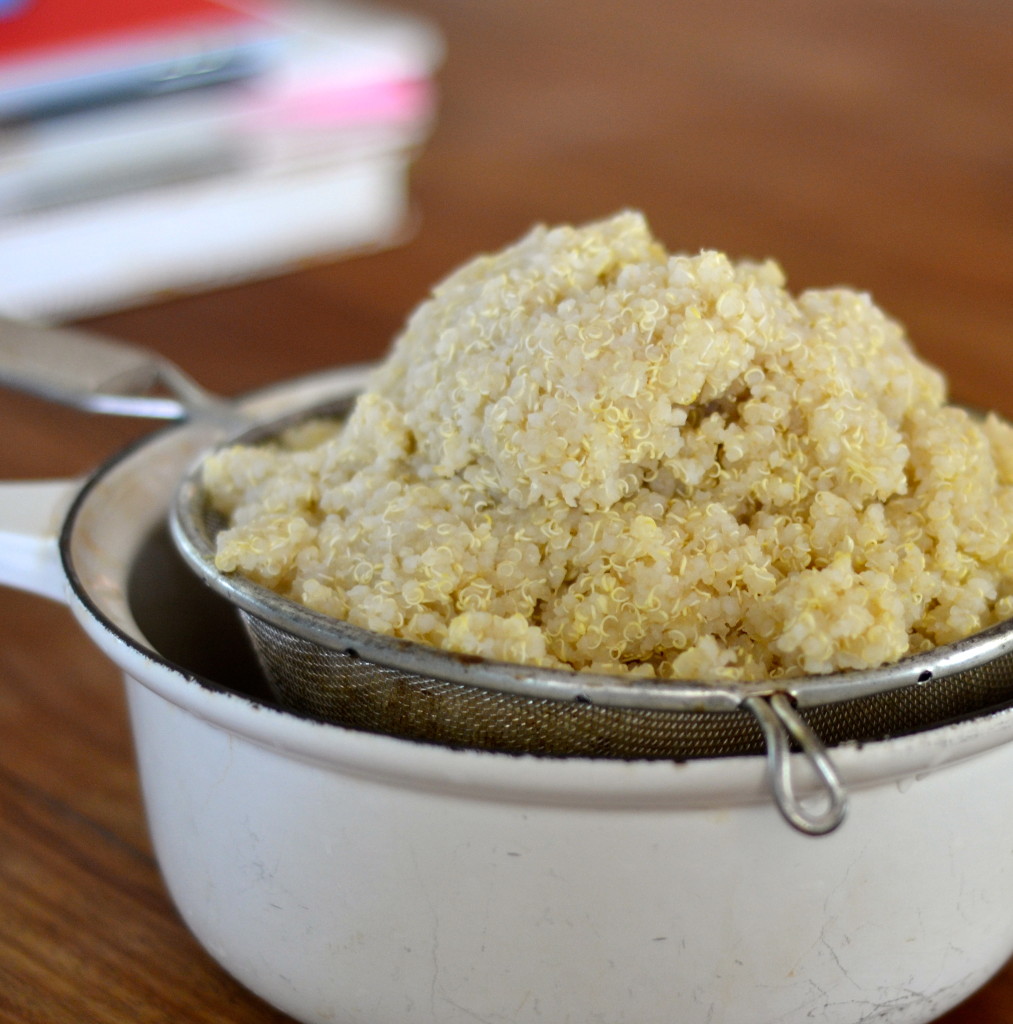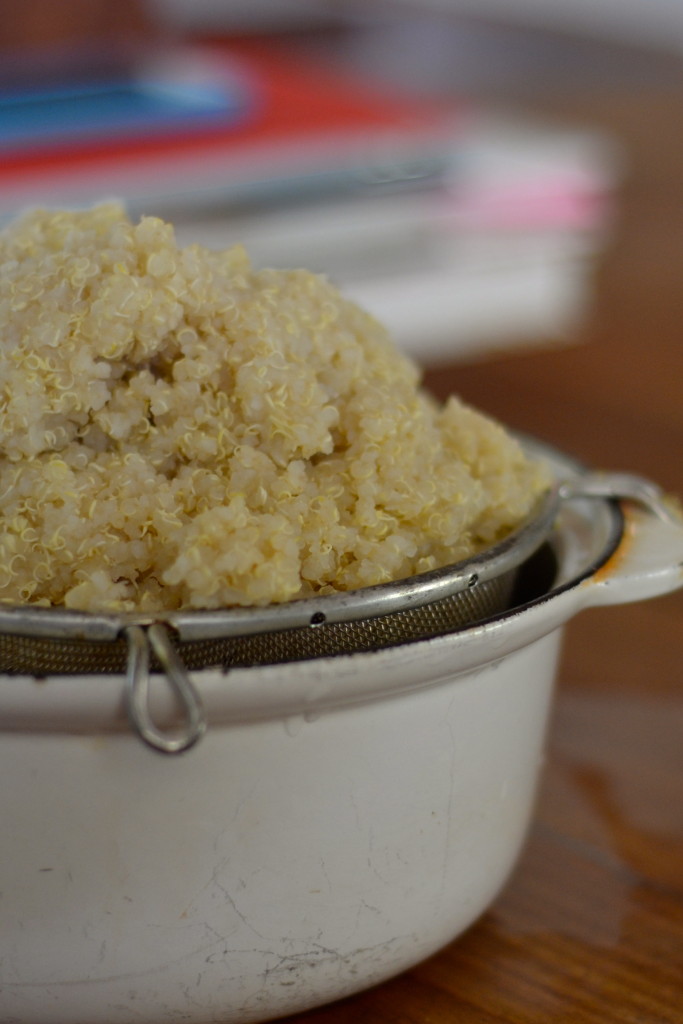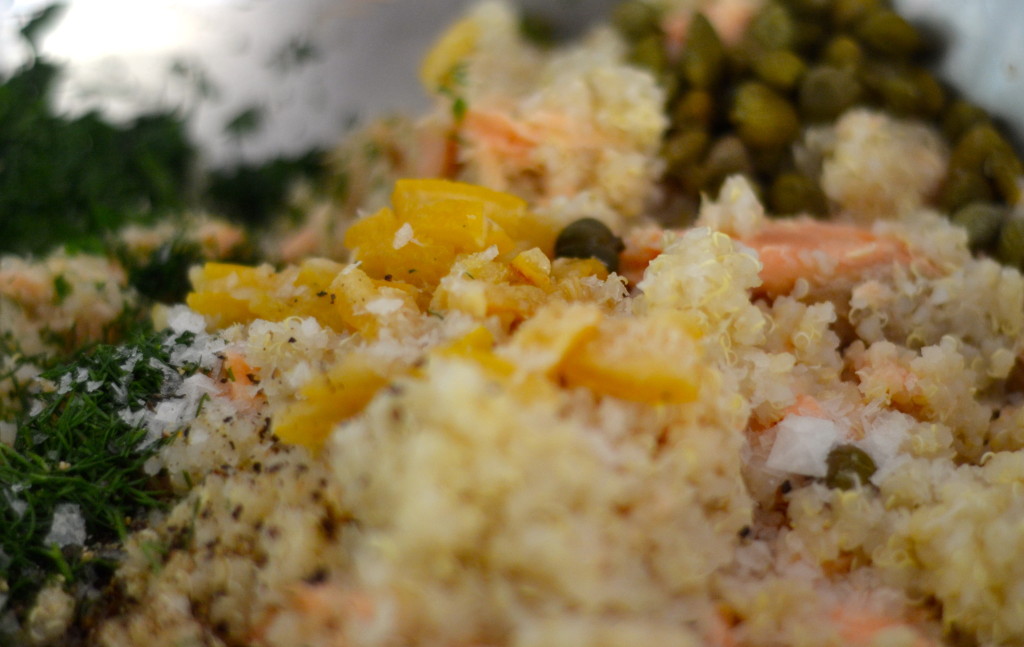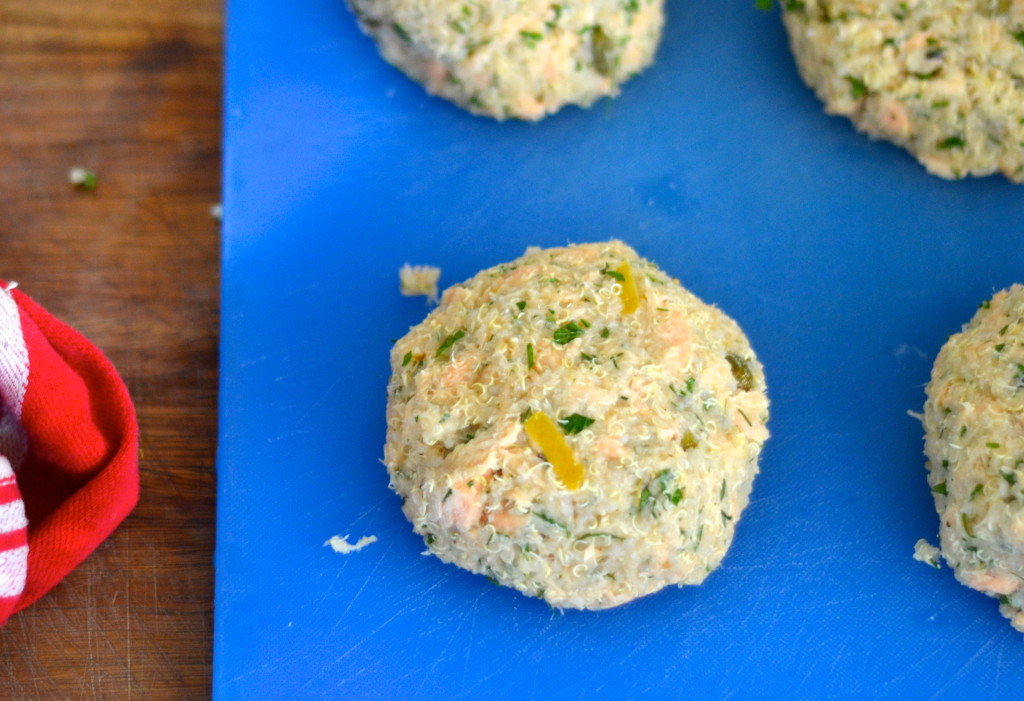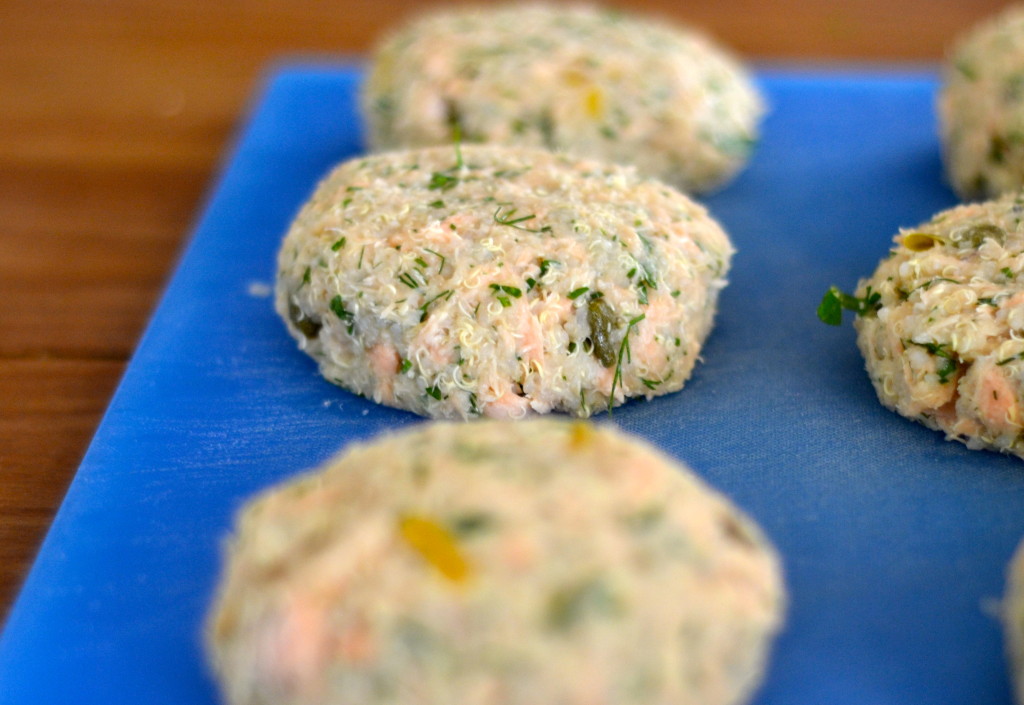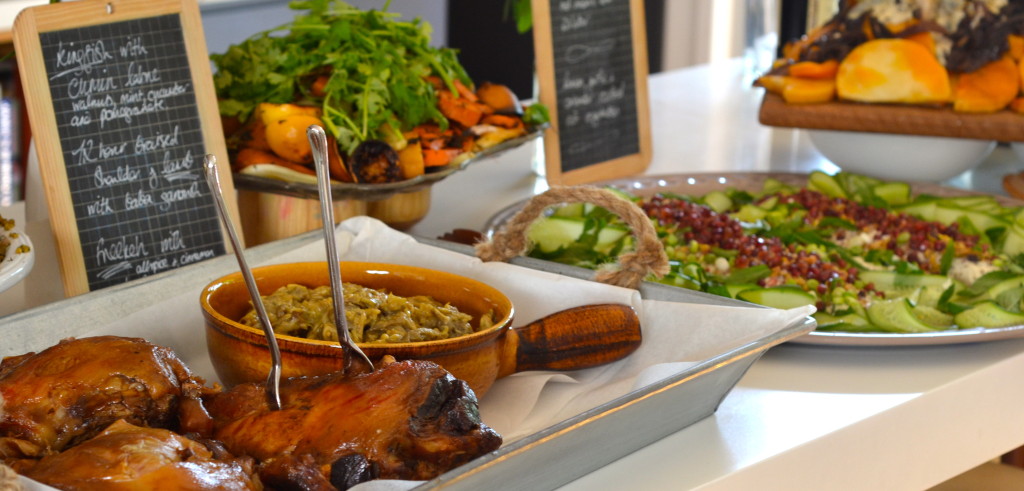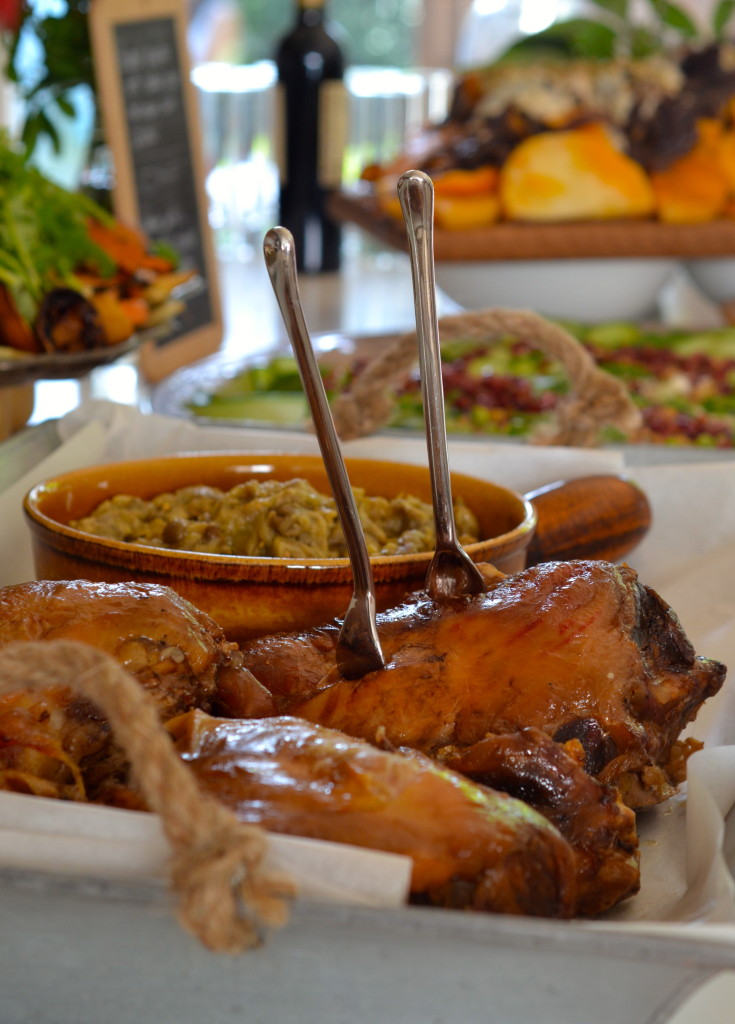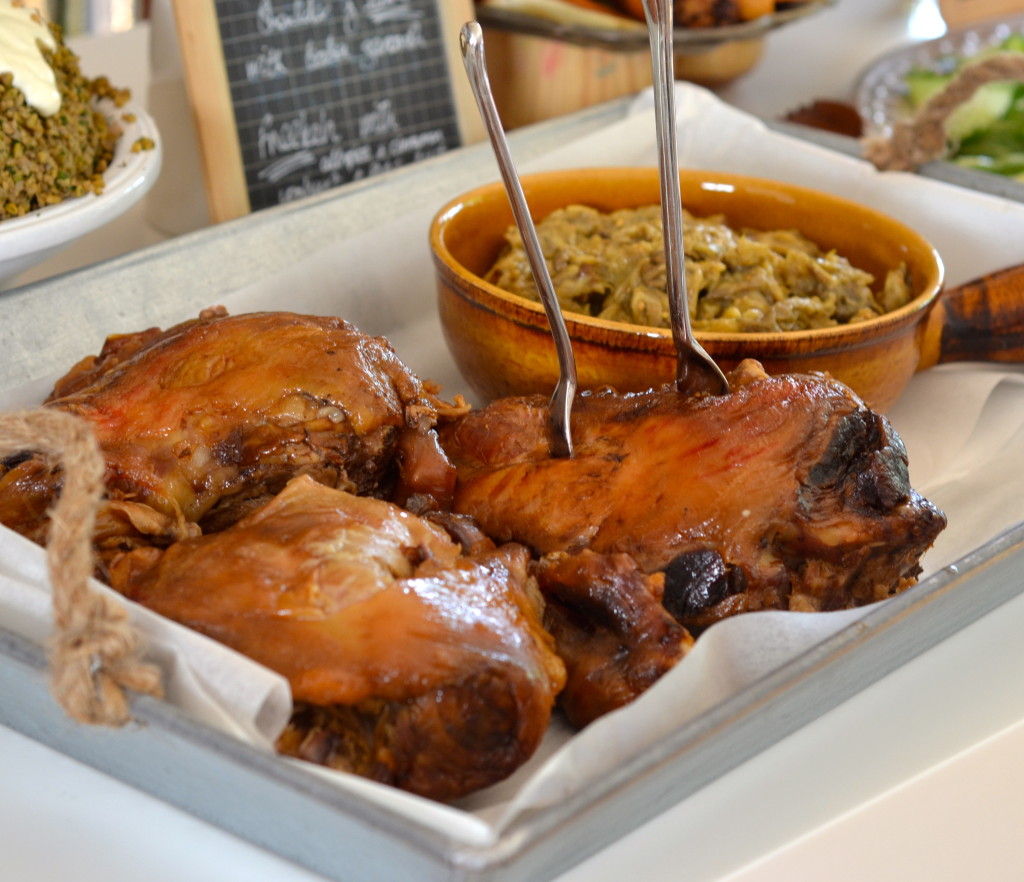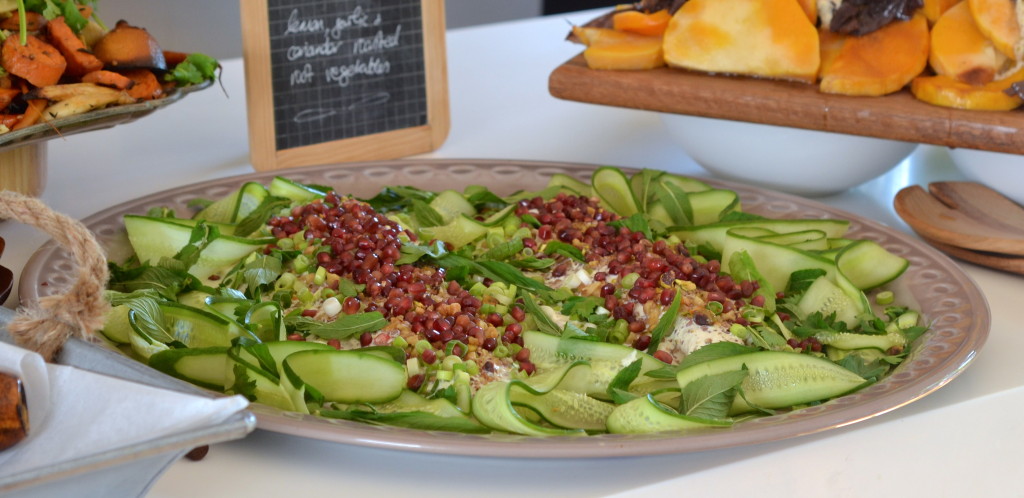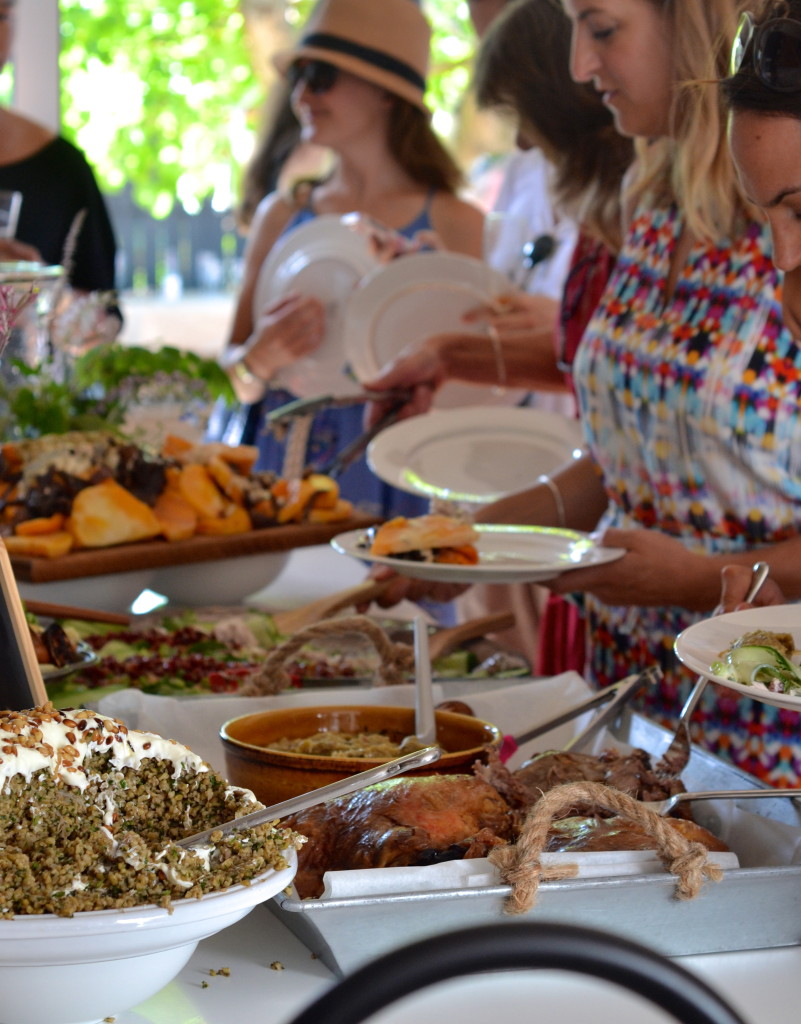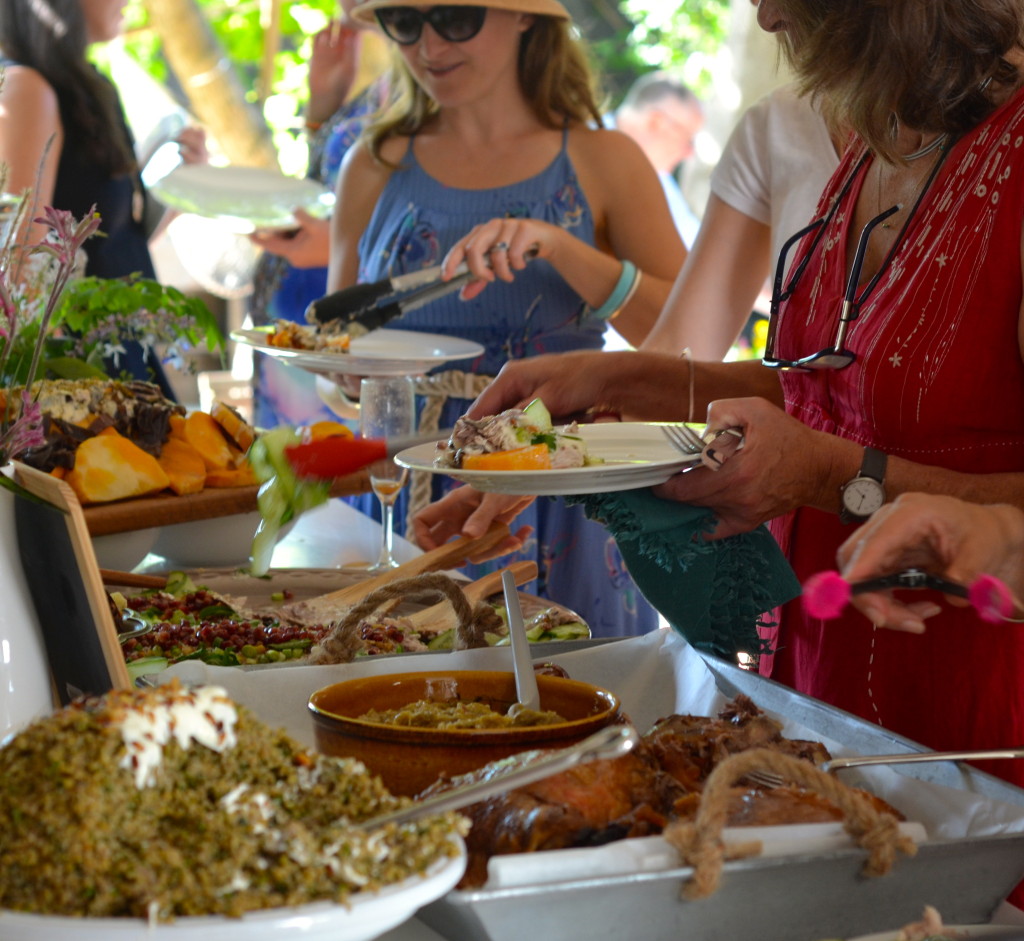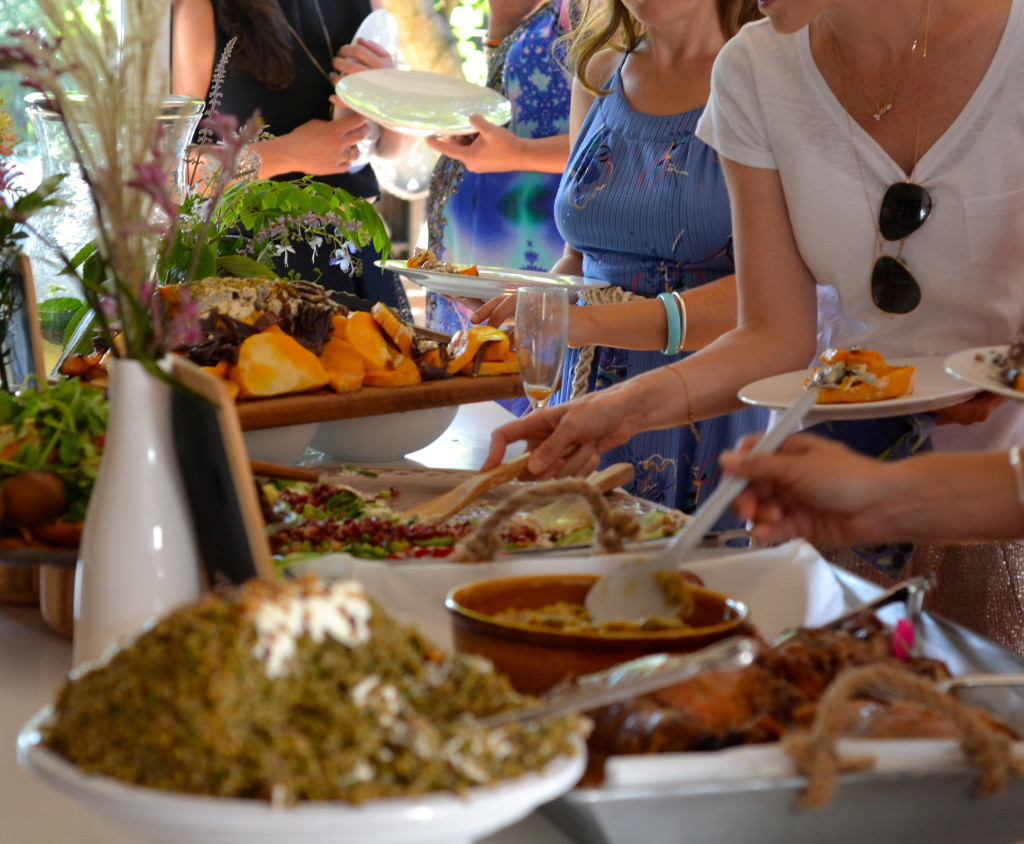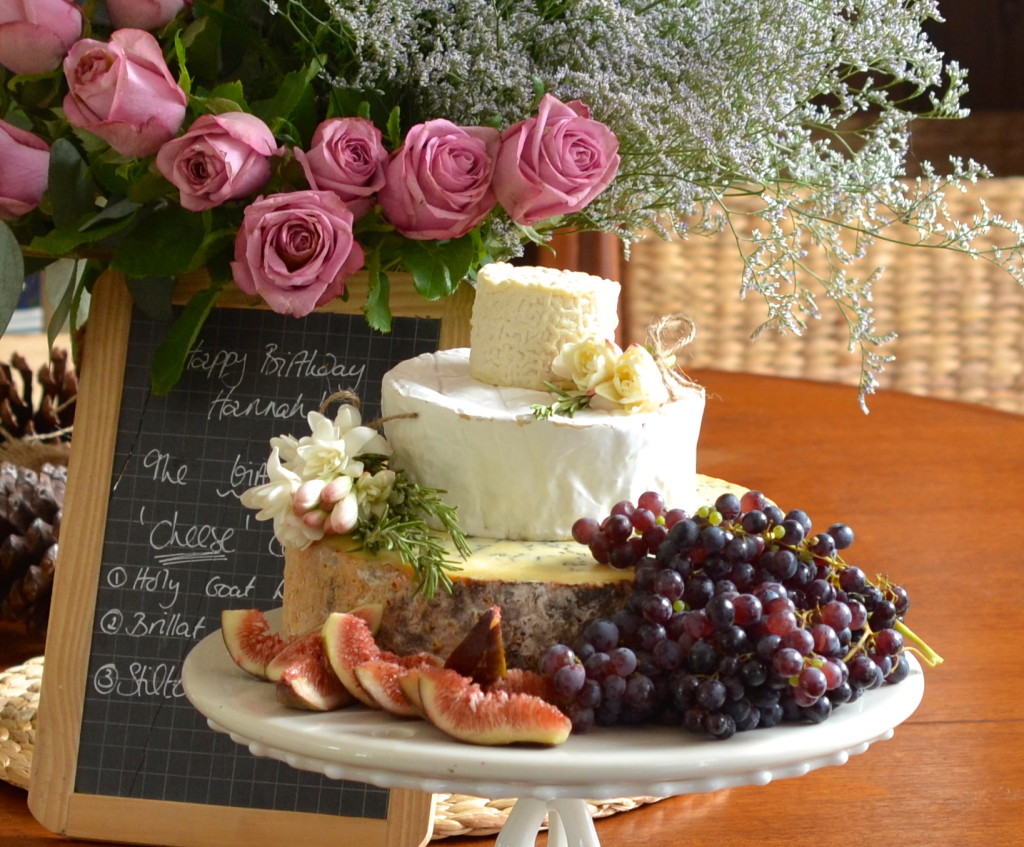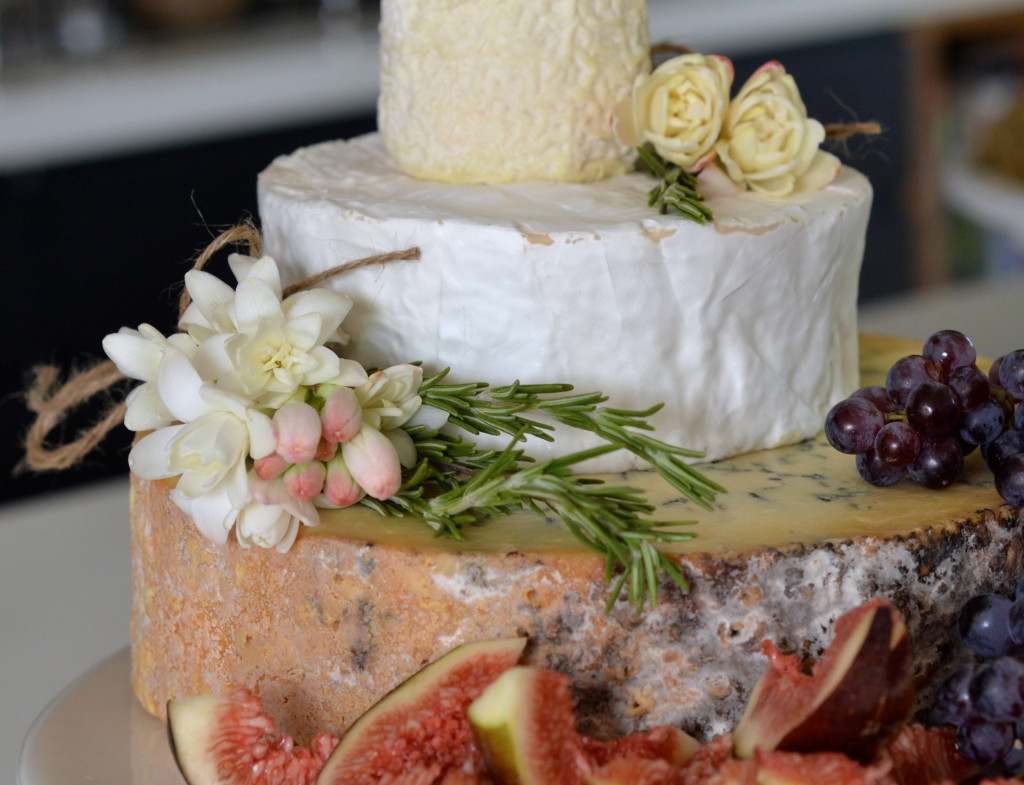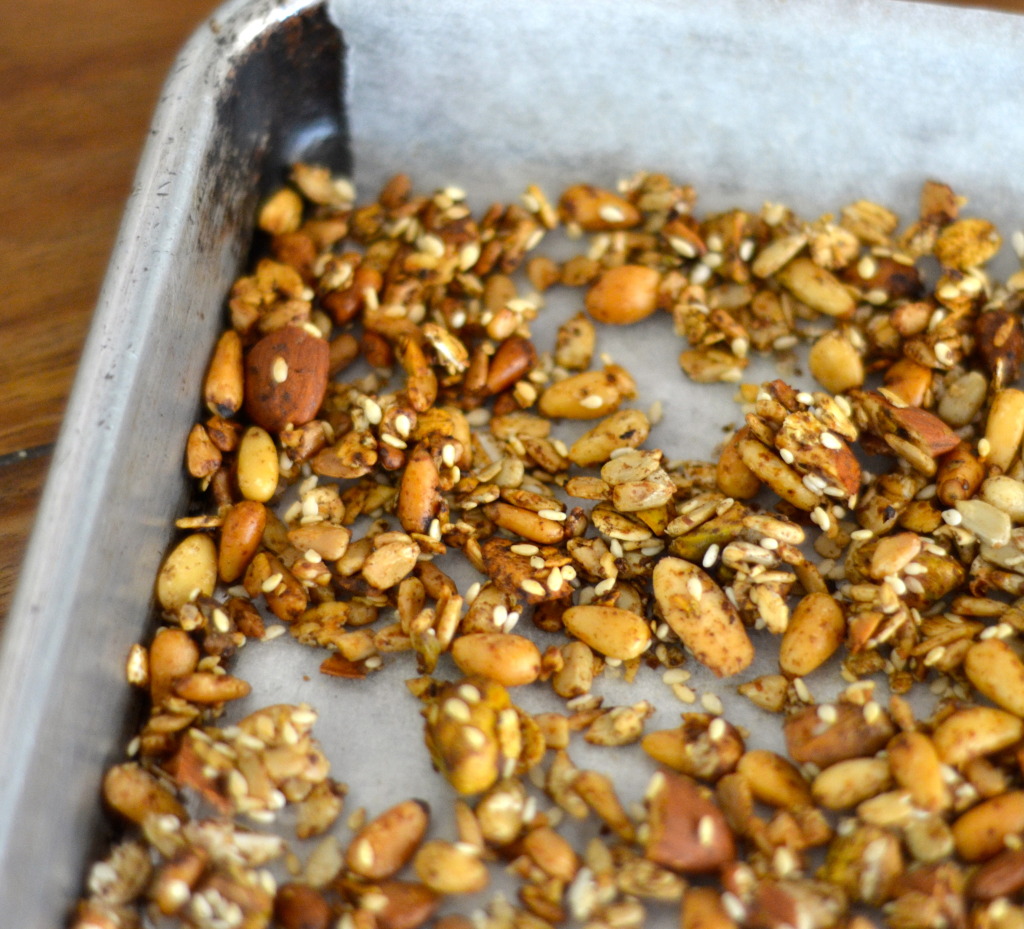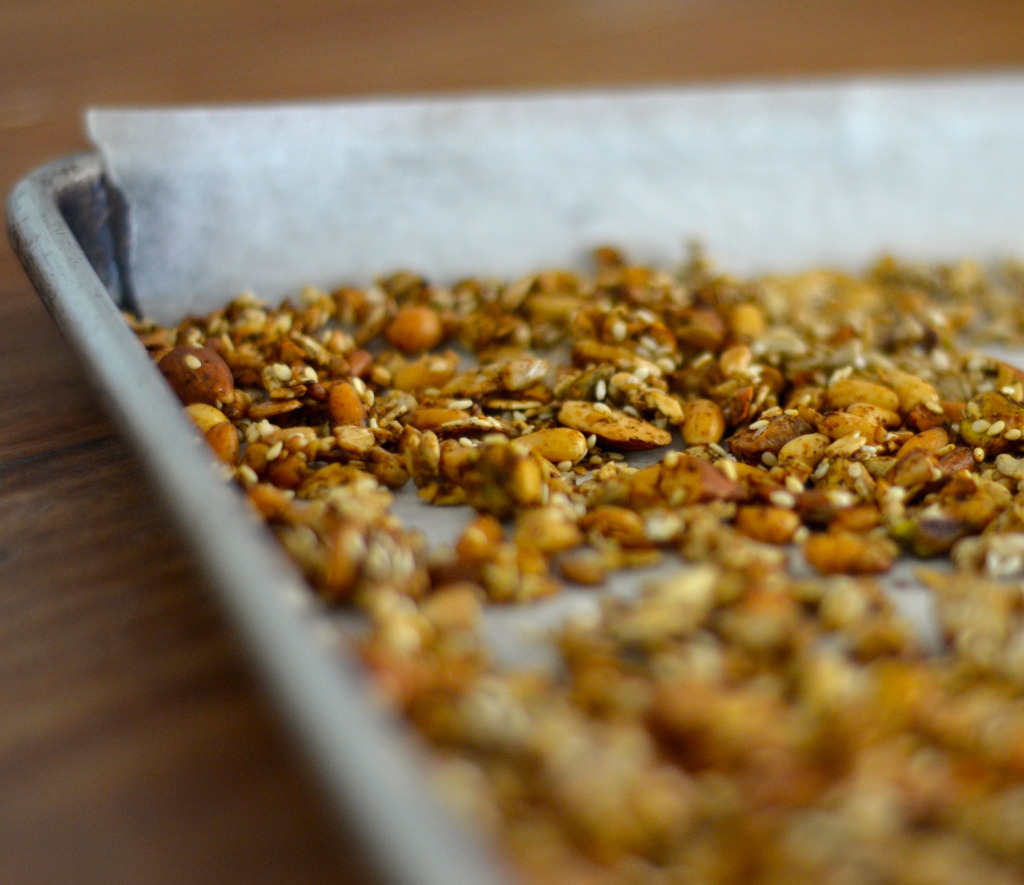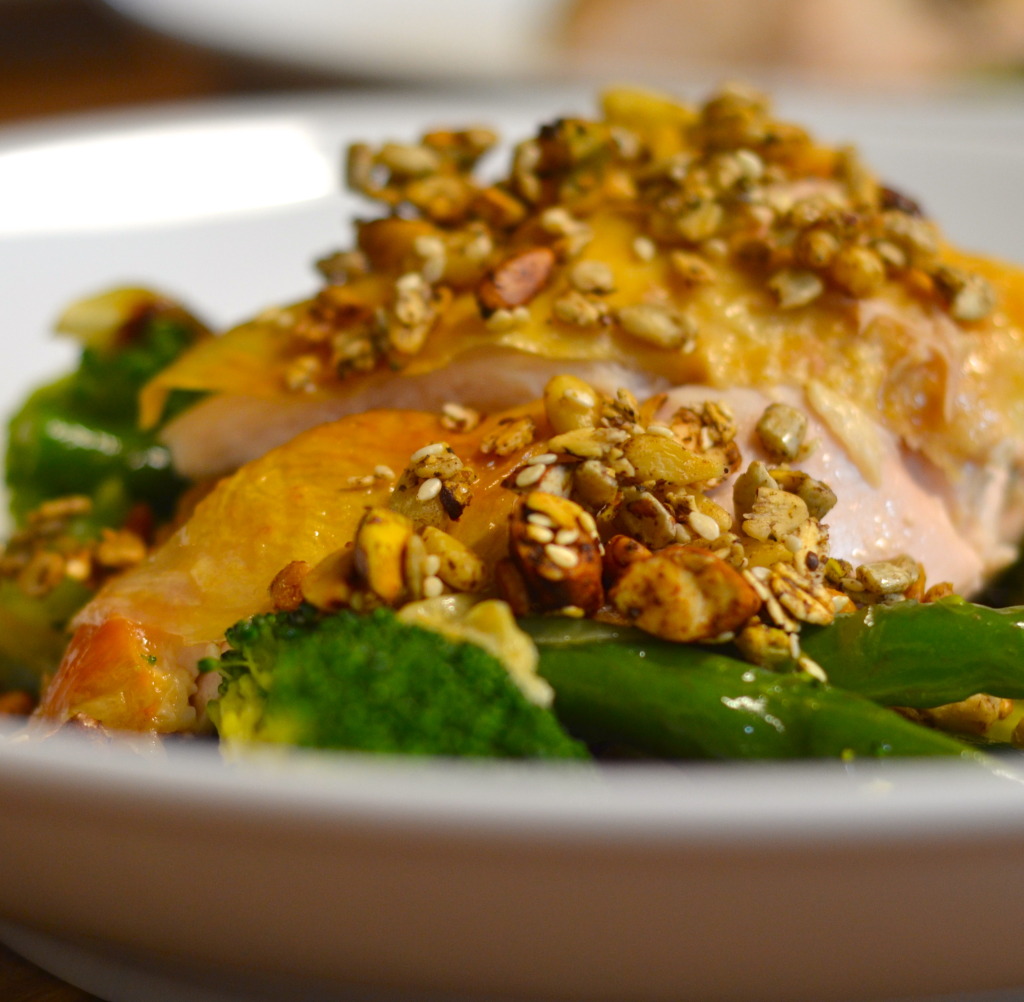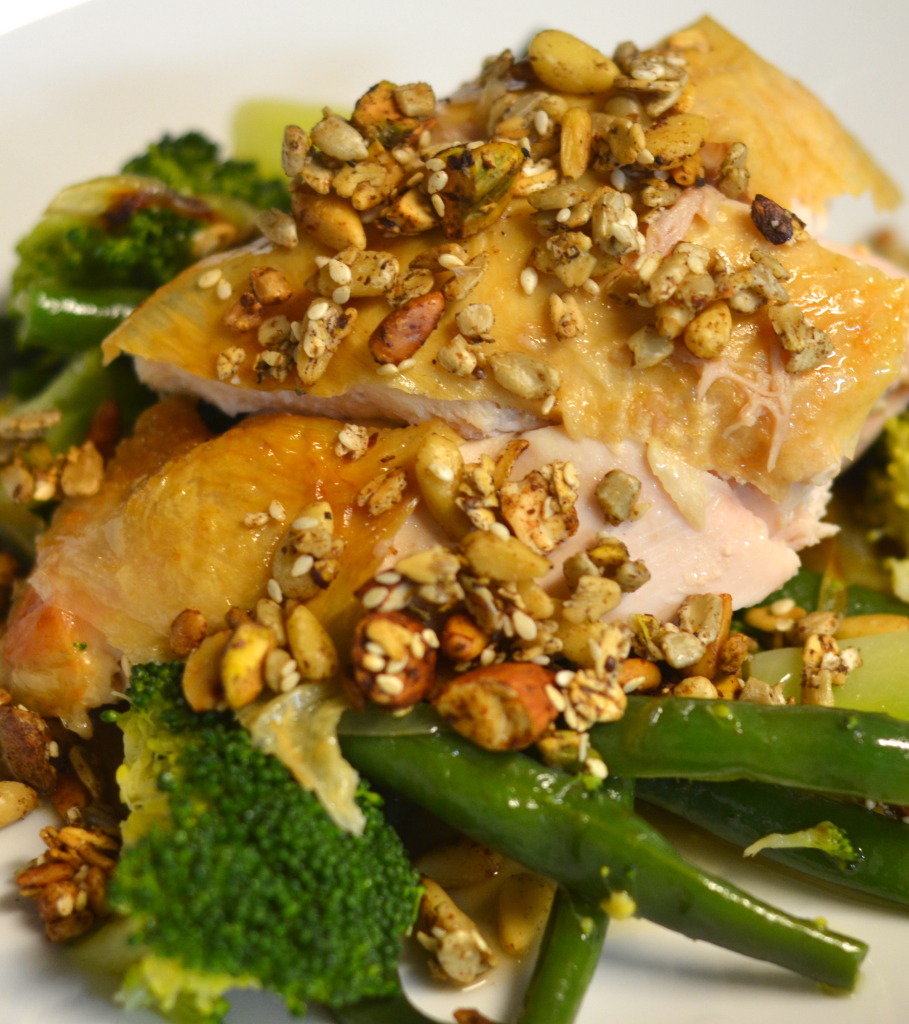My niece is turning 13. Officially becoming a teenager. And I have volunteered to cook her birthday meal. She’s vegetarian though and the challenge is to make food that she and her sometimes fussy siblings, five and seven, will enjoy, as well as the rest of the family. With the flavours of ginger, lemongrass and turmeric still lingering on my palate from a recent holiday to Bali, I felt inspired to make an Indonesian chicken curry. Ahem. Chicken in the form of skewers to be cooked on the barbecue. A medley of vegetables in the sauce. It’s a recipe that I’ve made many times before and I was sure that that the slightly sweet and creamy dish would appeal to everyone.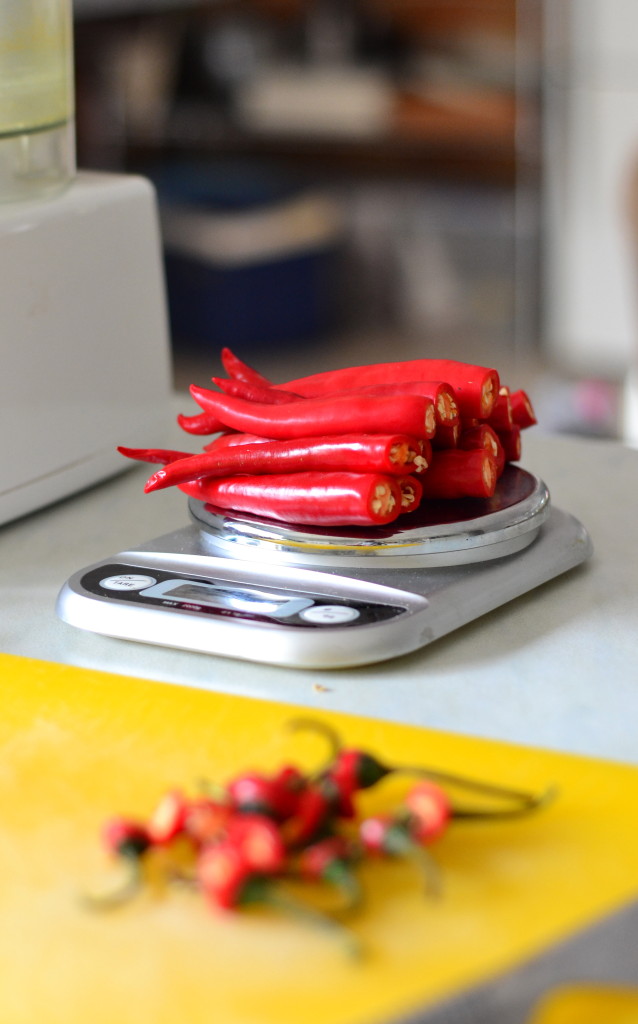
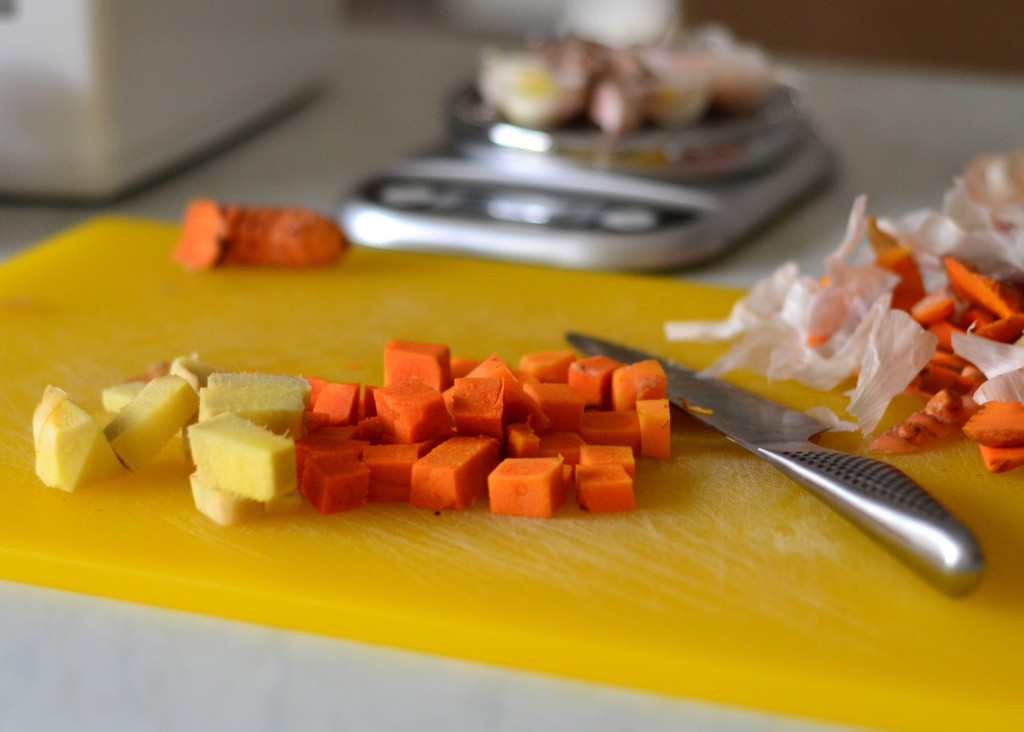
Making curry paste from scratch is a rewarding activity. It’s also fun, akin to being in an apothecary shop, collecting an array of less commonplace spice jars form the kitchen cupboards and transforming them into a flavoursome base for a dish. Some might be put off by the long list of ingredients needed for a spice paste, but there’s no reason. Only one (usually) process needs to be applied to them all, pounding with a pestal and mortar or the less strenuous method of blitzing in a food processor. For large batches of pastes, utilising a motor is very handy, but for small quantities, bashing ingredients together by hand can be extremely satisfying. Even therapeutic.
It’s worth mentioning that the turmeric in this recipe, which is vital for the colour and flavour of the dish, will stain. Your hands. Food processor. Kitchen bench. Chopping board. Even sink. Don’t be alarmed though. Simply clean as you go and no permanent damage will be done. Besides, the health benefits of turmeric far outweigh any yellow spots that might sit on the kitchen bench for a few days.
It turned out that everyone loved the bright yellow curry, especially the birthday girl, who asked for seconds. Even Miss. five and Miss. seven enjoyed it and both my sister in laws wanted to know the recipe, something that’s always taken as a huge compliment. And always shared. As far as curry pastes go, this one is pretty easy. And if my family is anything to go by, it’s universally liked. So go on, get those spice jars from the back of the cupboard and have a go.
Indonesian chicken curry
Adapted from a recipe by Alina Lucas
For the curry paste
- 100g medium–hot red chillies, seeded
- 100 g (French) shallots, roughly chopped
- 25 g garlic cloves
- 5 macadamia nuts
- 40 g fresh turmeric, chopped
- 15 g ginger, chopped
- 2 lemongrass stalks, tough outer stem removed and sliced
- 25 g galangal, chopped
- 2 tsp ground cumin
2 tsp ground coriander - 1 tsp fennel seeds, toasted and ground
2 tsp ground cinnamon - 1 tsp grated nutmeg
- 1/4 tsp ground cloves
- 2-4 tbs melted coconut oil
Simply combine all ingredients in a food processor and run the motor until a coarse paste is formed. Loosen with melted coconut oil.
For the curry
- 1 litre coconut milk
- 1 tbs fish sauce
- 1 tbsp salt
- 75 g sugar
- 1 kg chicken thigh fillets, cut into walnut-sized pieces
- 1 kg mixture of pumpkin, sweet potato, carrots, broccoli and snow peas
Fry the curry paste over a moderate heat until it is fragrant, about five minutes. There should have been enough coconut oil added to the paste for there to be no need for any more, but if it starts to stick to the pan, you can add a little non-flavoured oil.
Now add the coconut milk, fish sauce, salt, sugar and bring the brilliant yellow sauce to a simmer.
Add the chicken and root vegetables and simmer until all are just cooked through, about 20 minutes. Now add the green veggies, simmer for a further 5 or so minutes. Check the sauce for seasoning and add more fish sauce, salt or sugar as necessary. The curry should be slightly sweet, rich and creamy.
Enjoy with steamed white rice, or simply in a big bowl with a spoon.
If you liked this recipe, you might also like this beef in red wine stew

